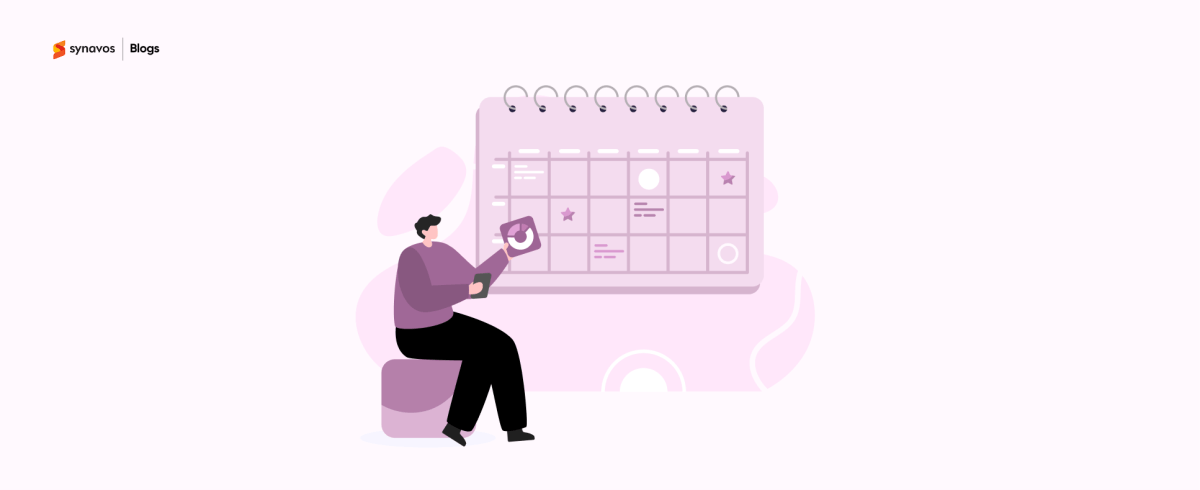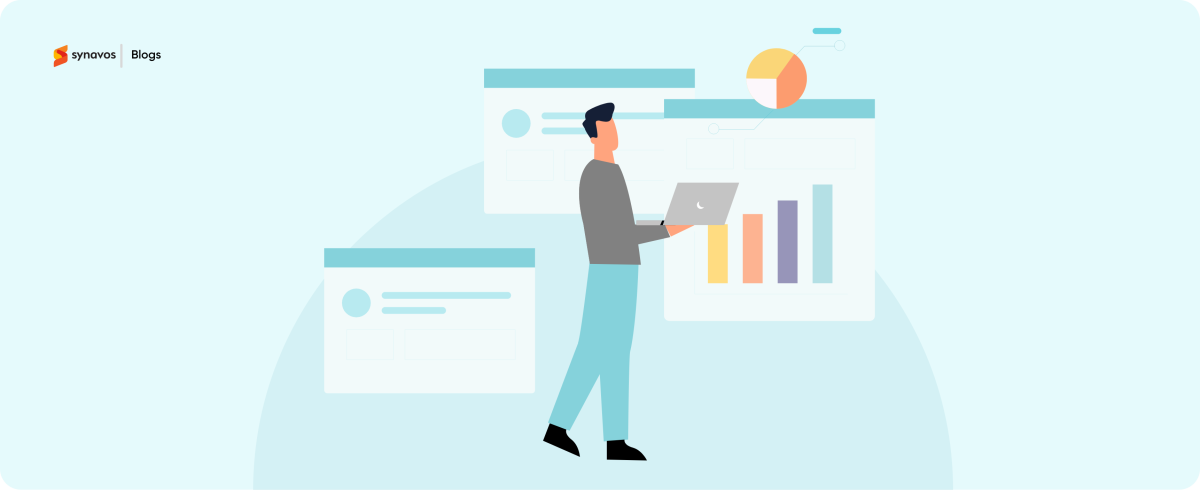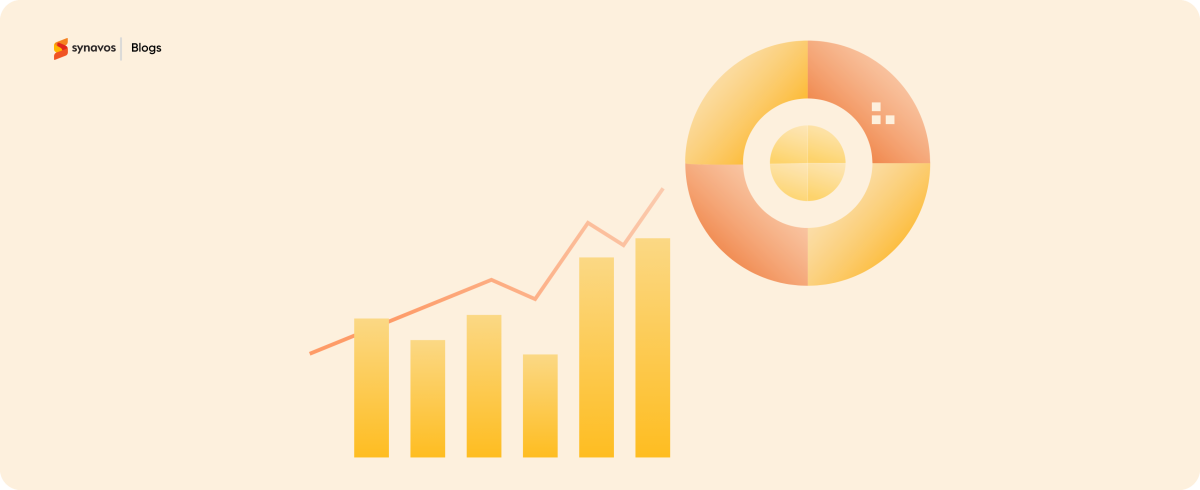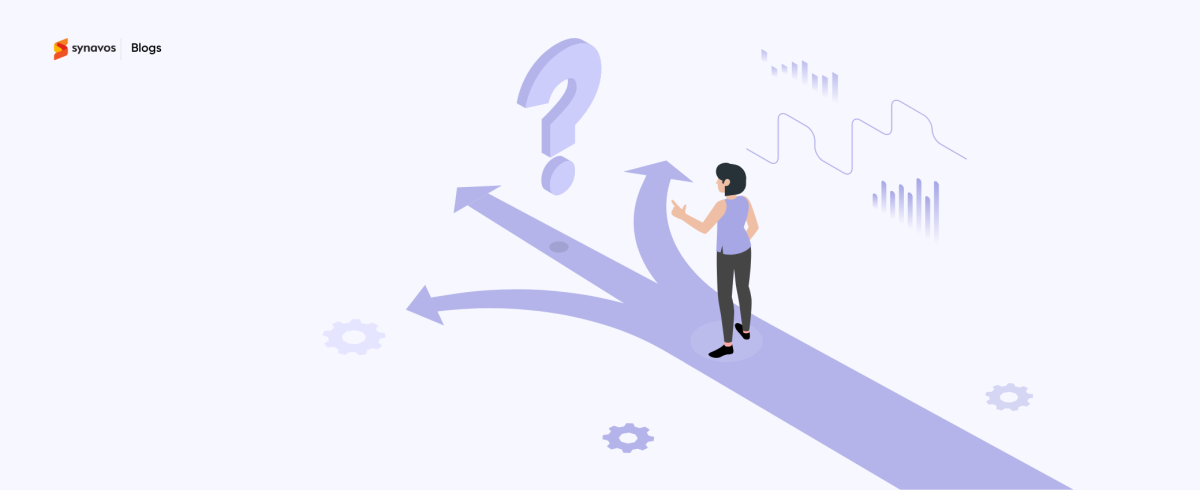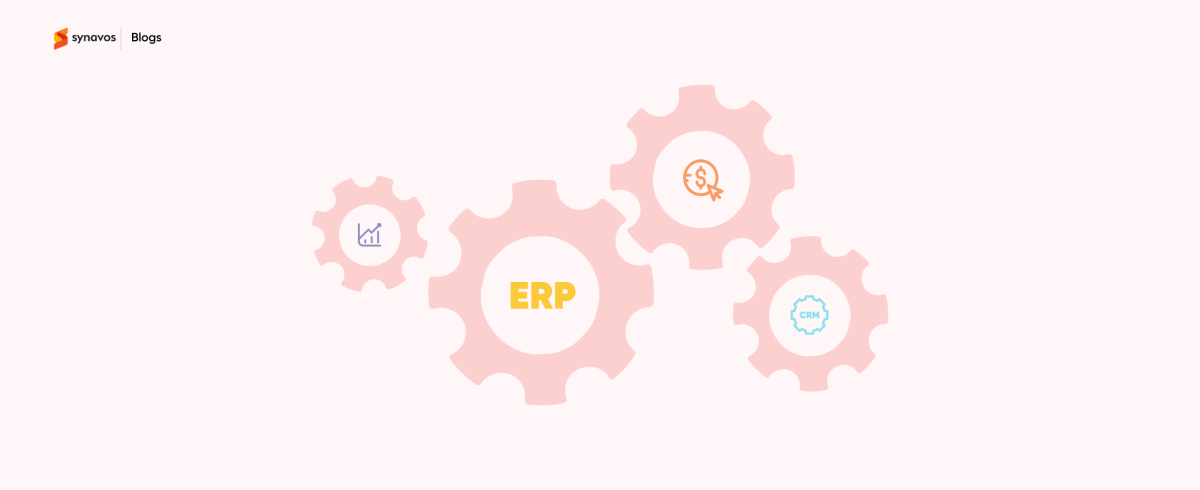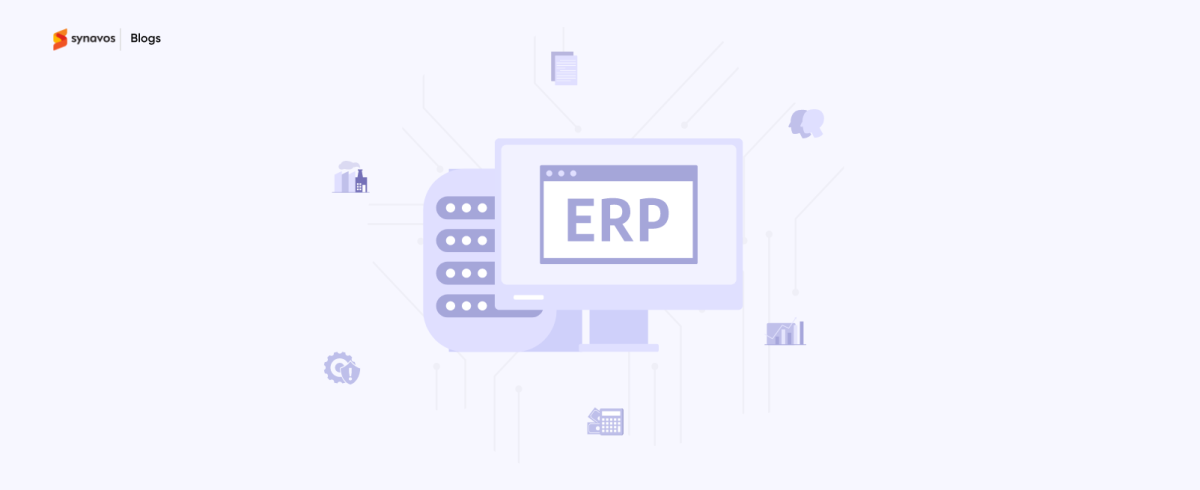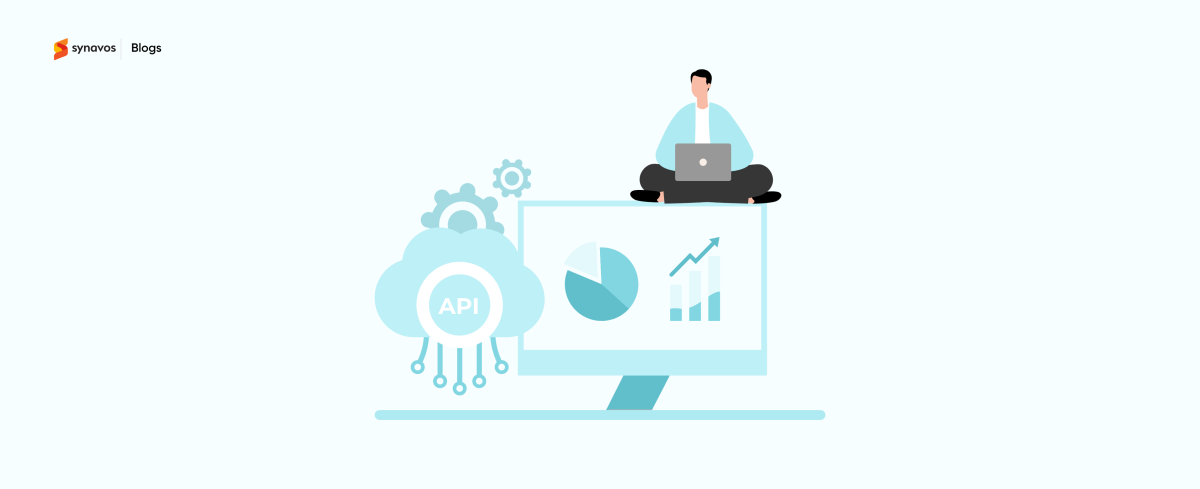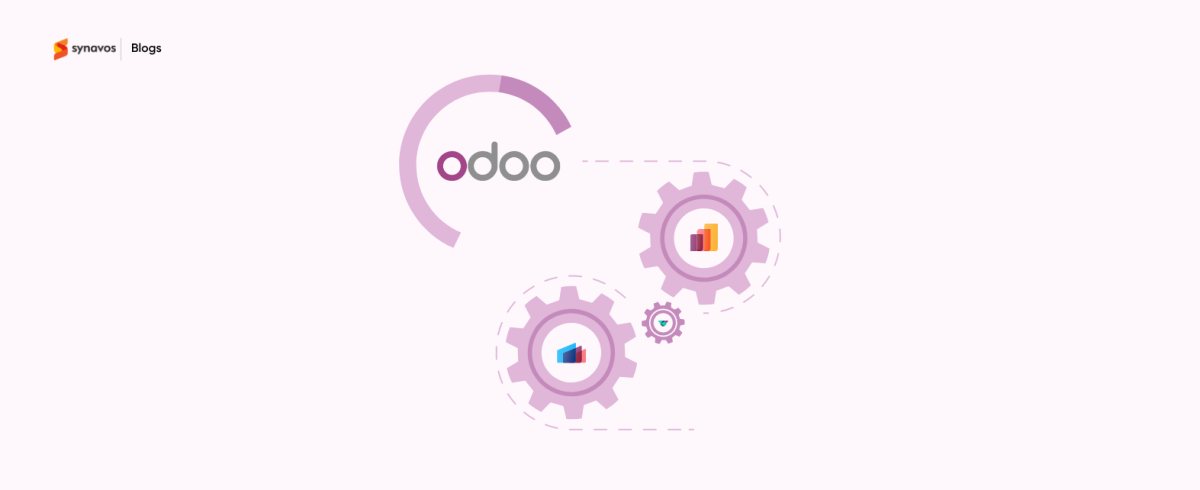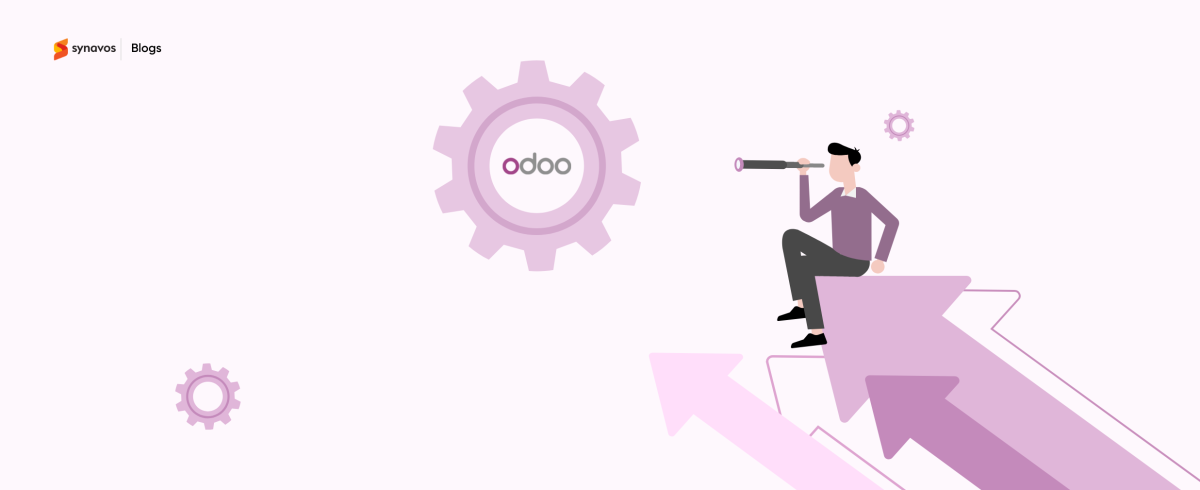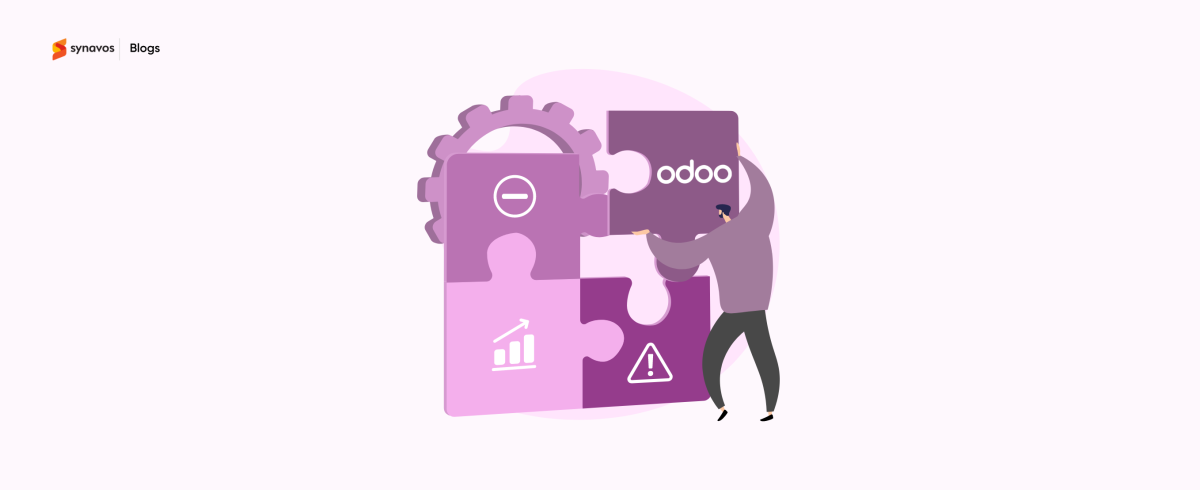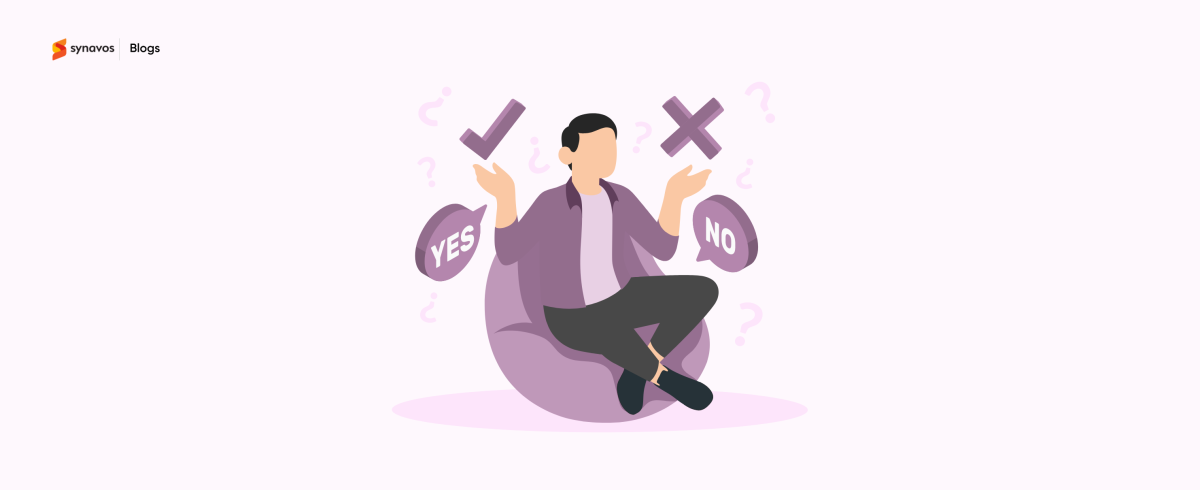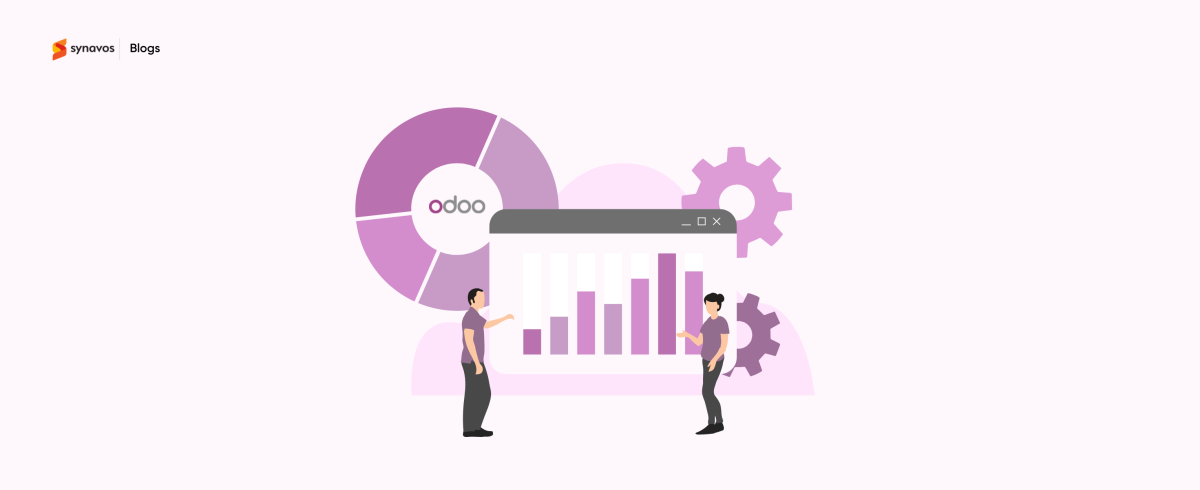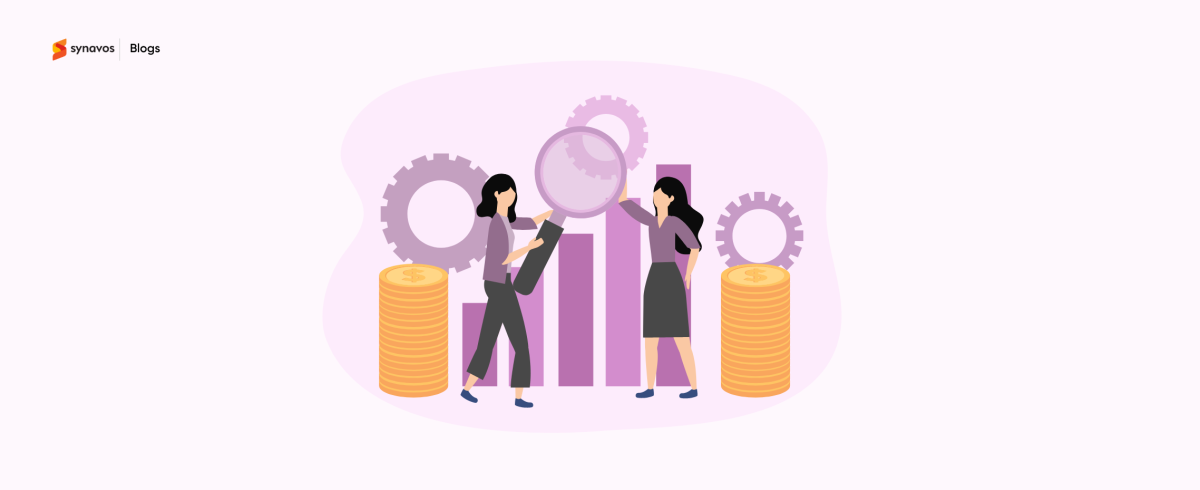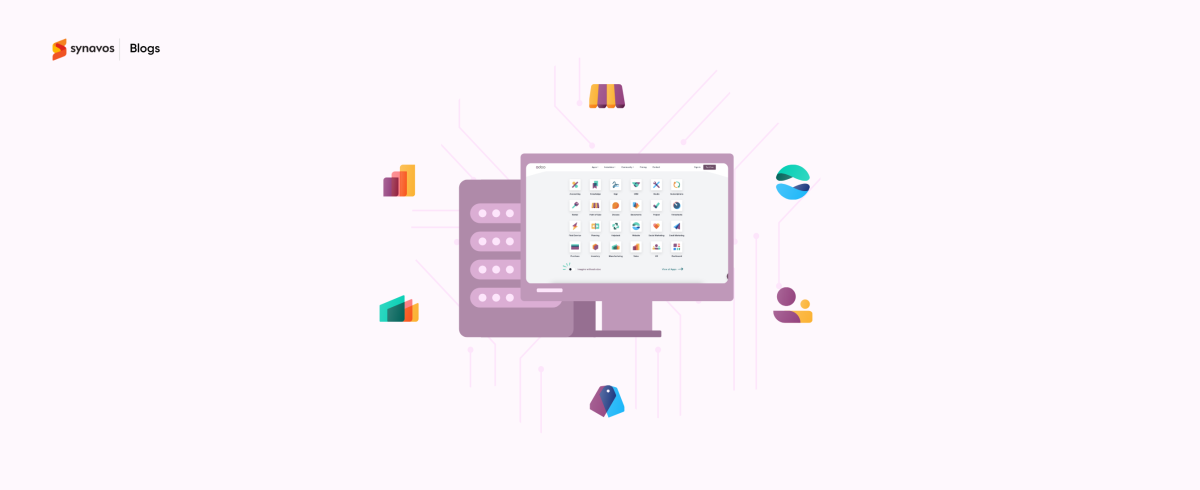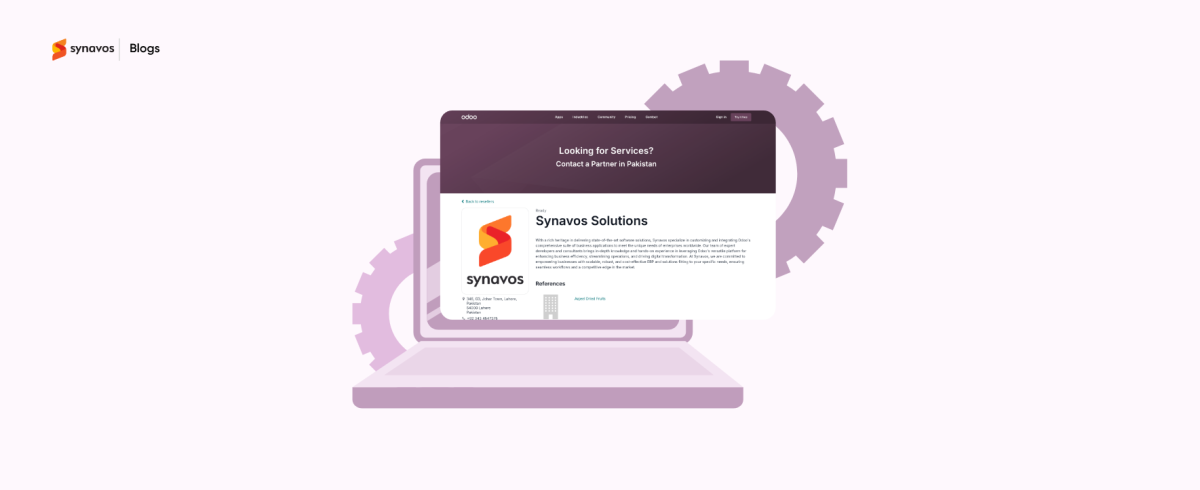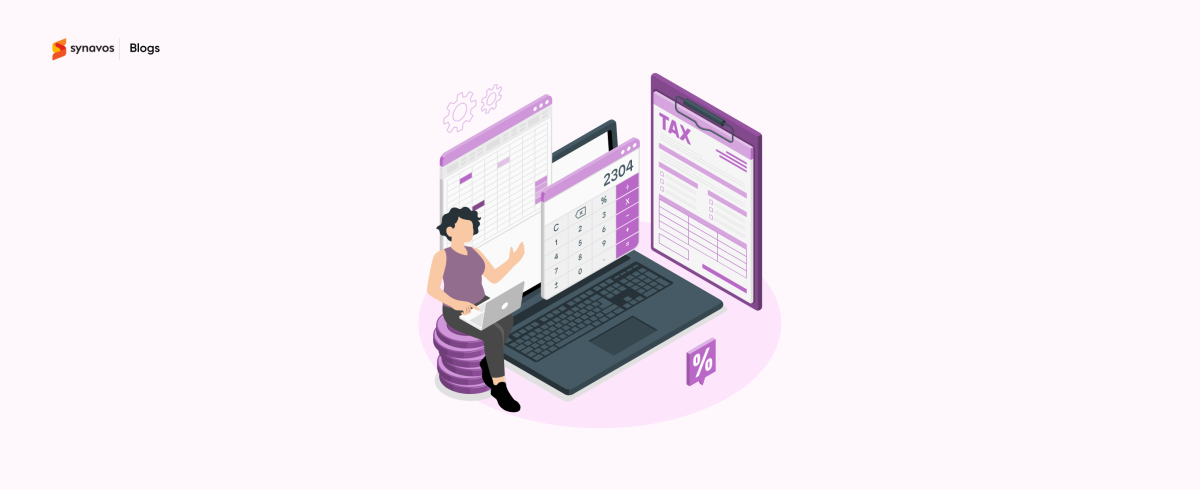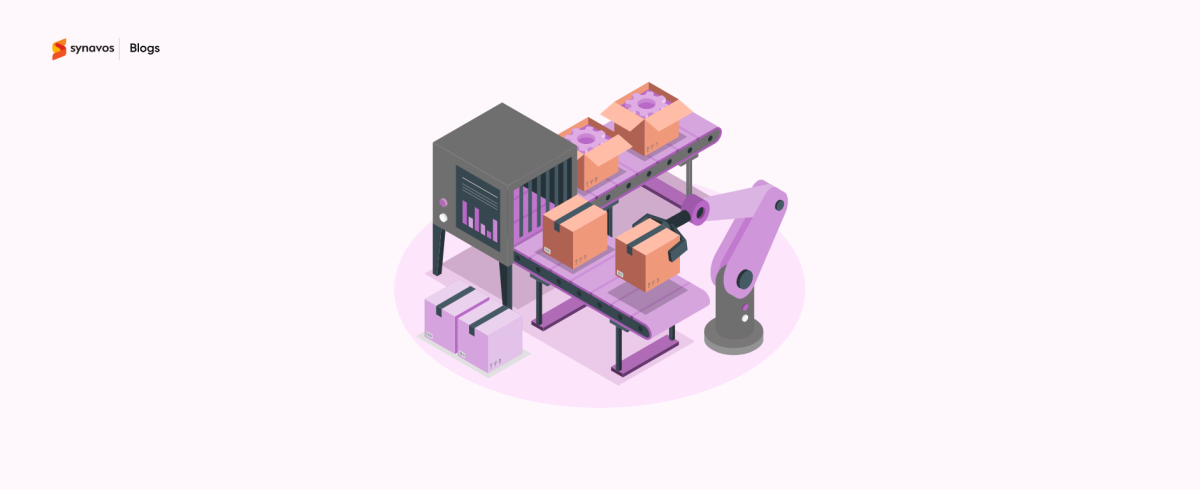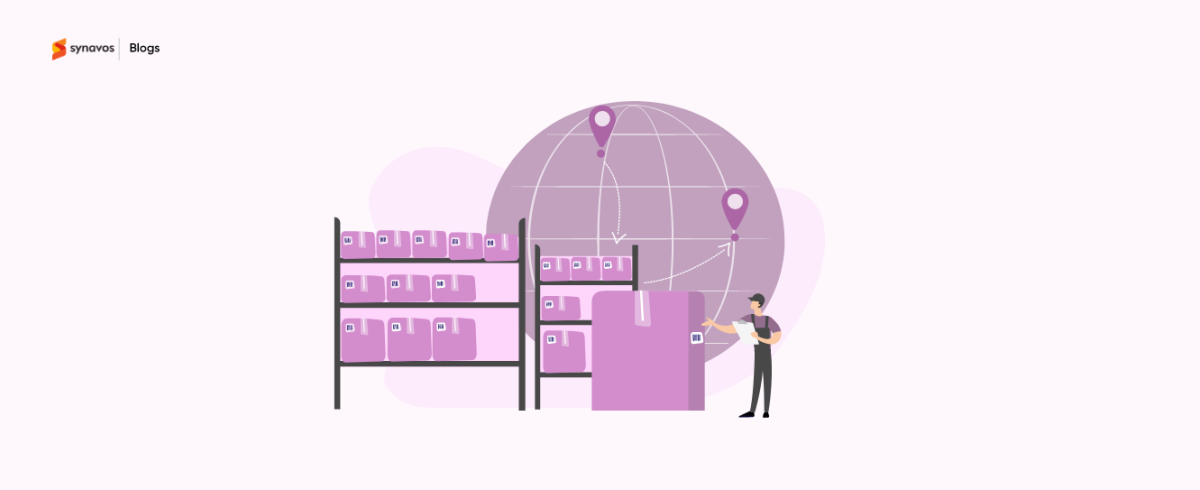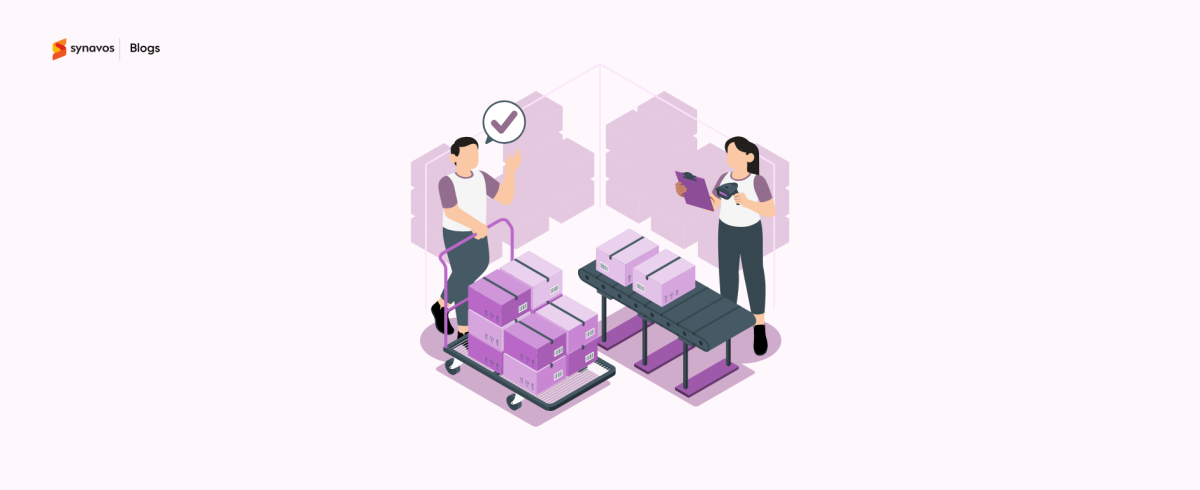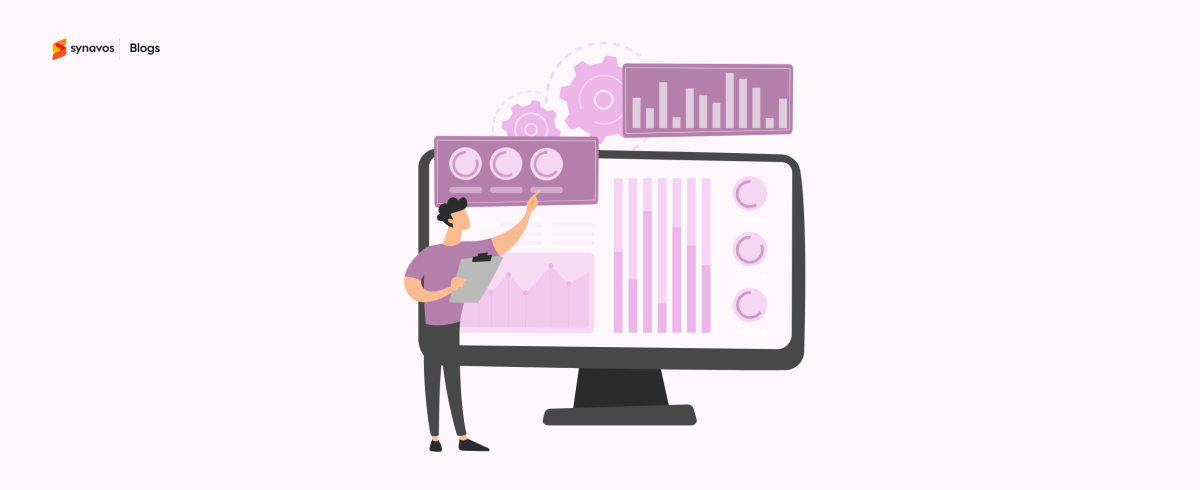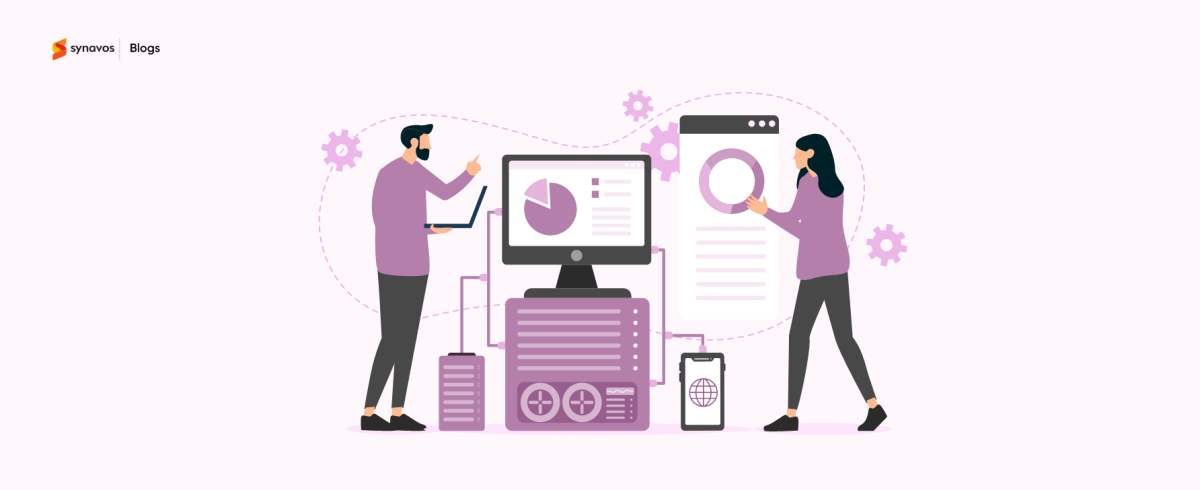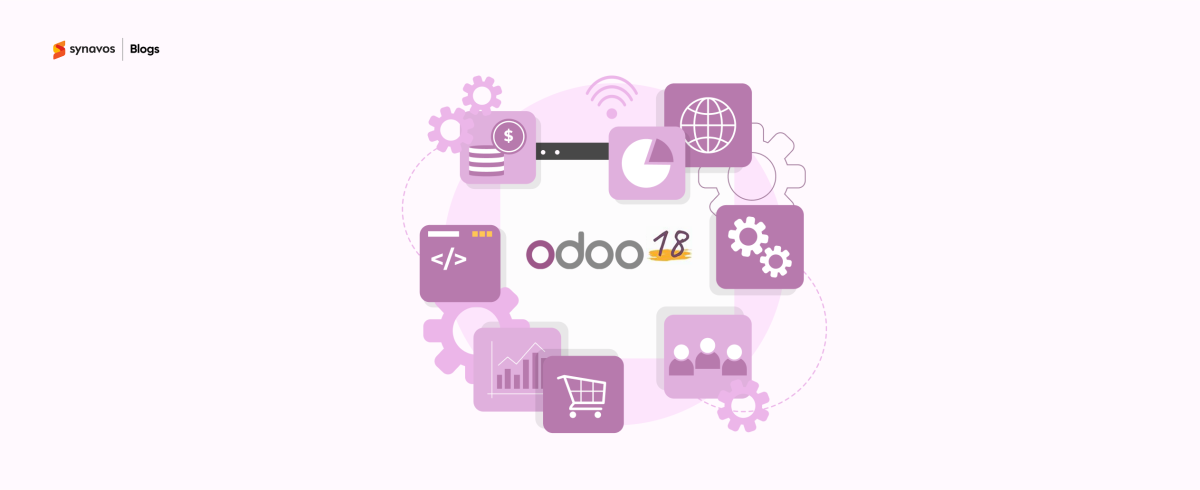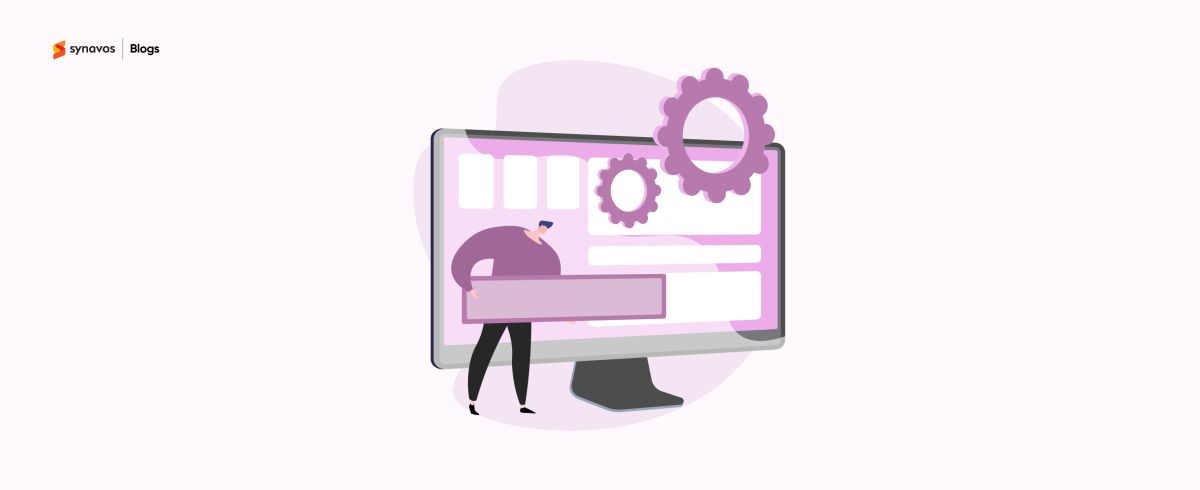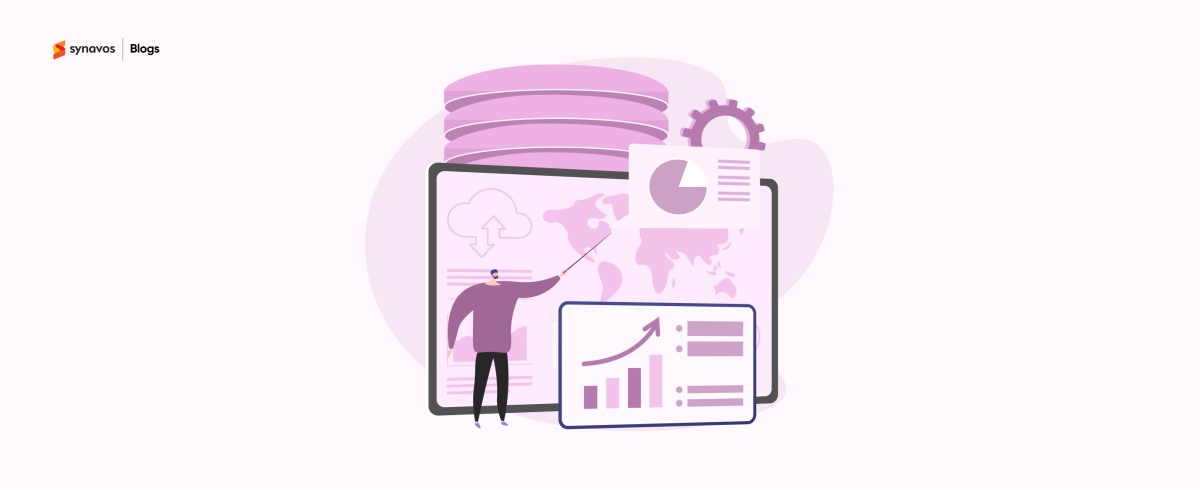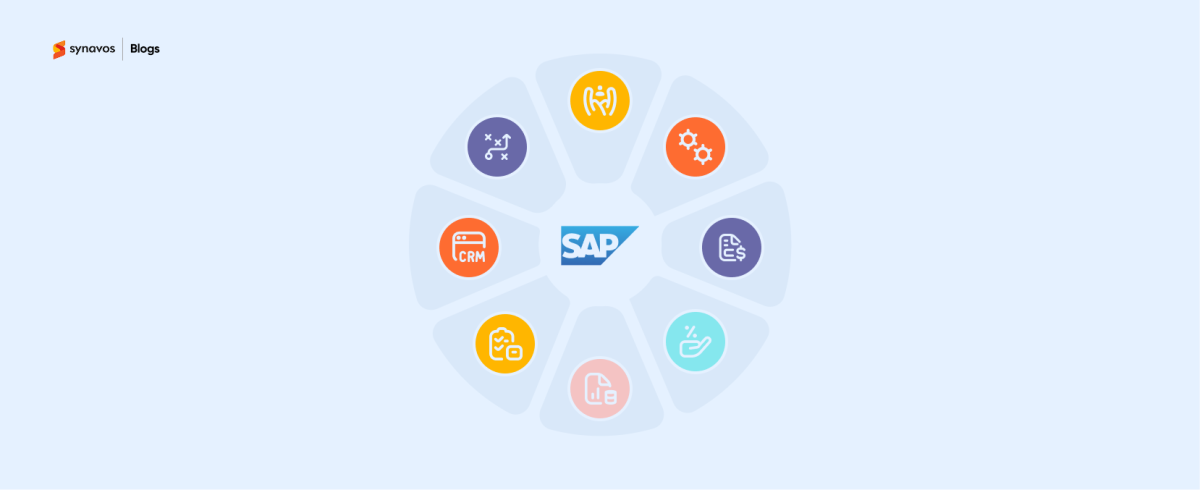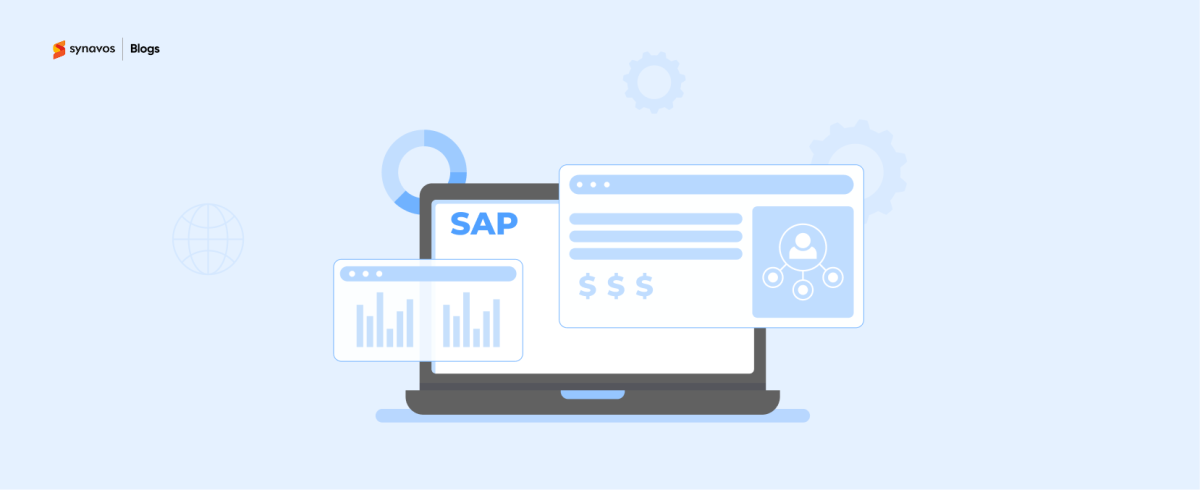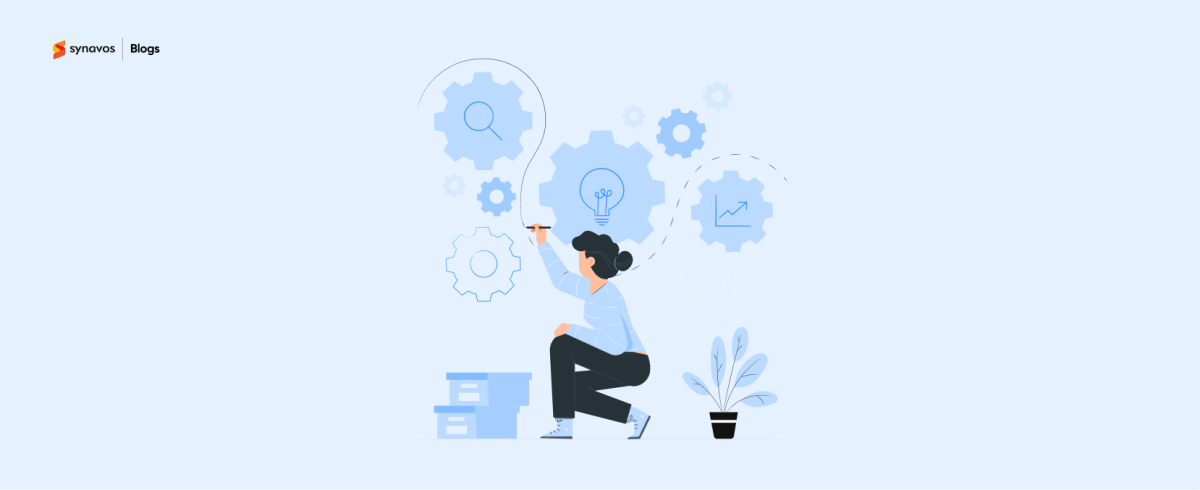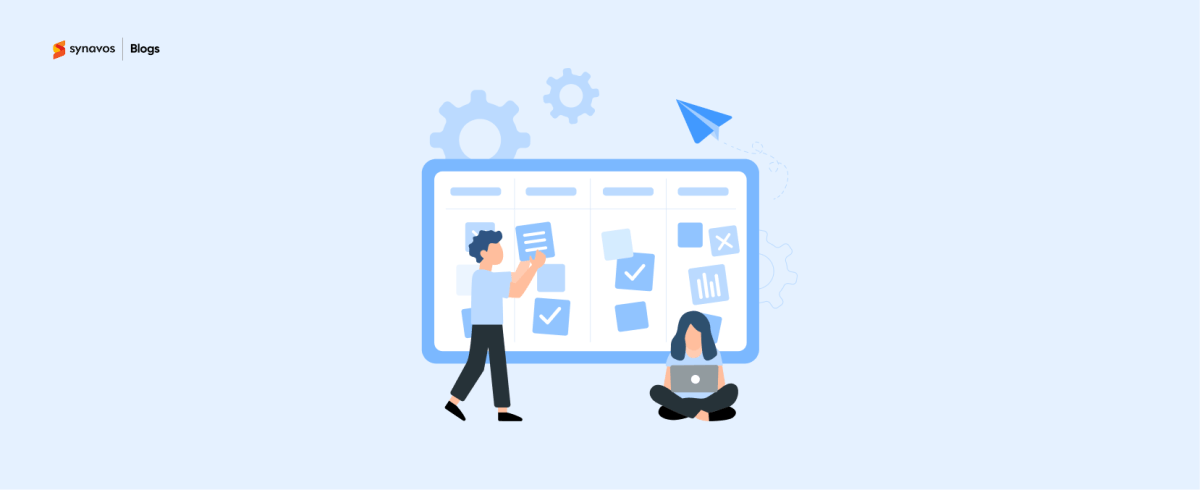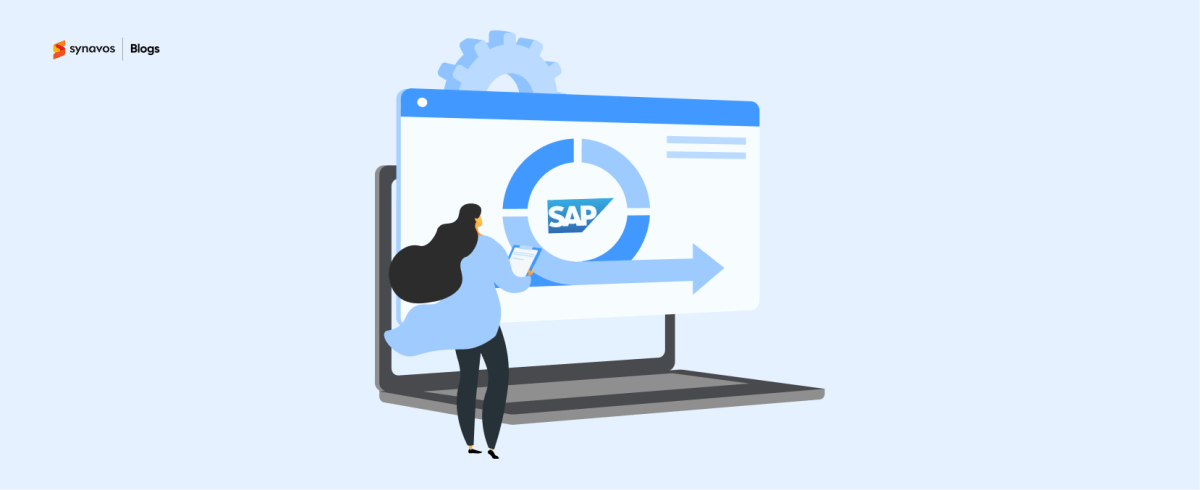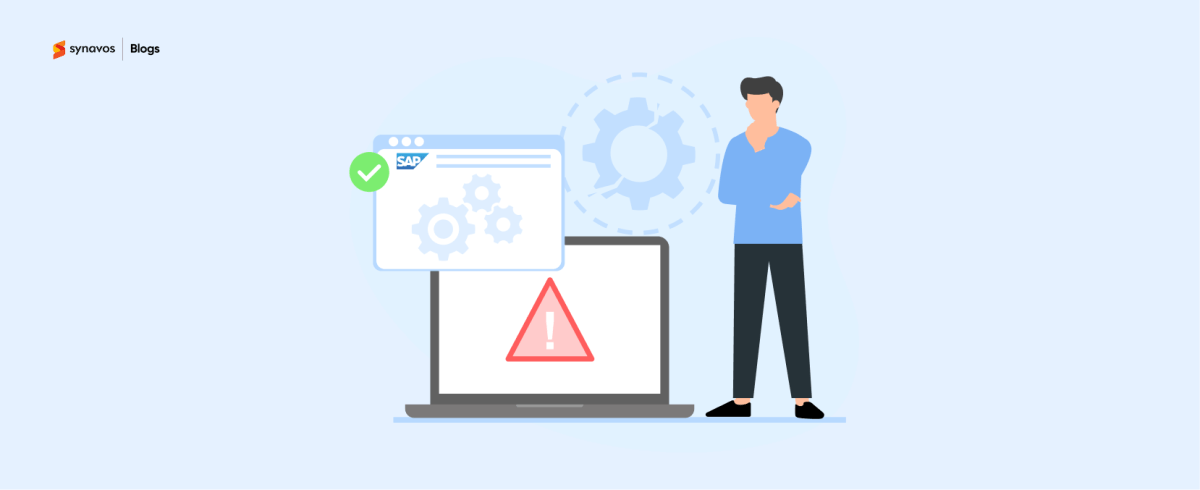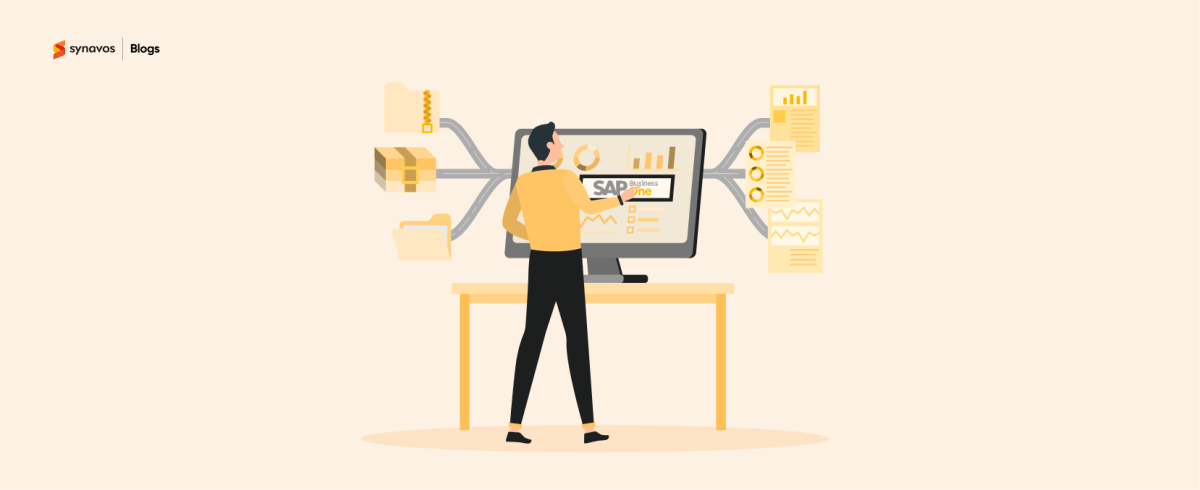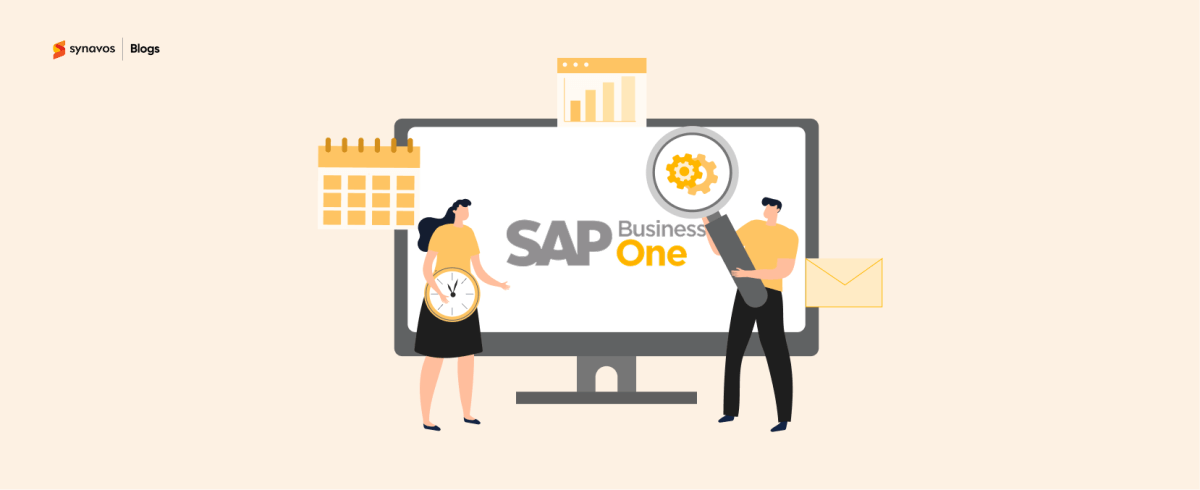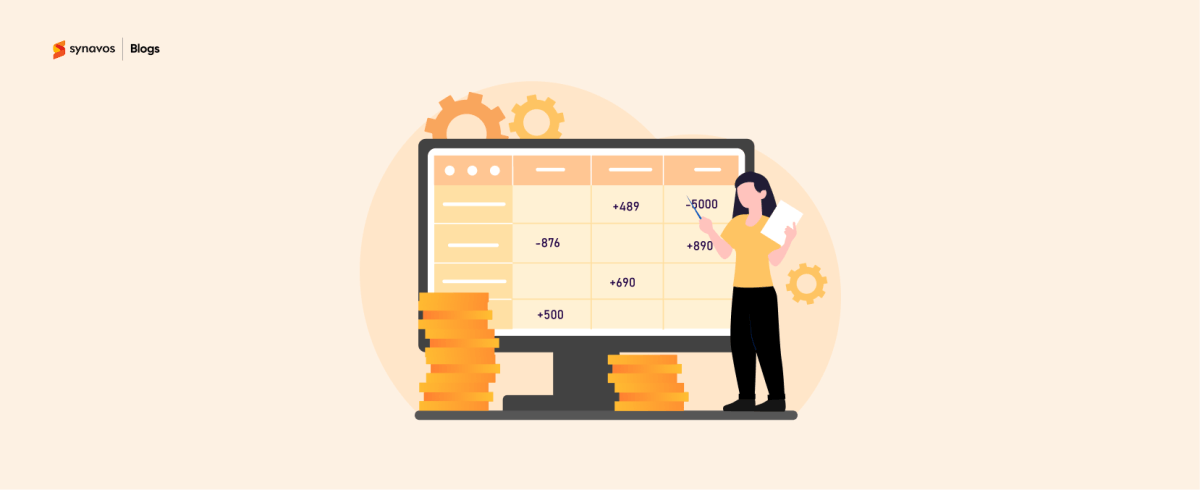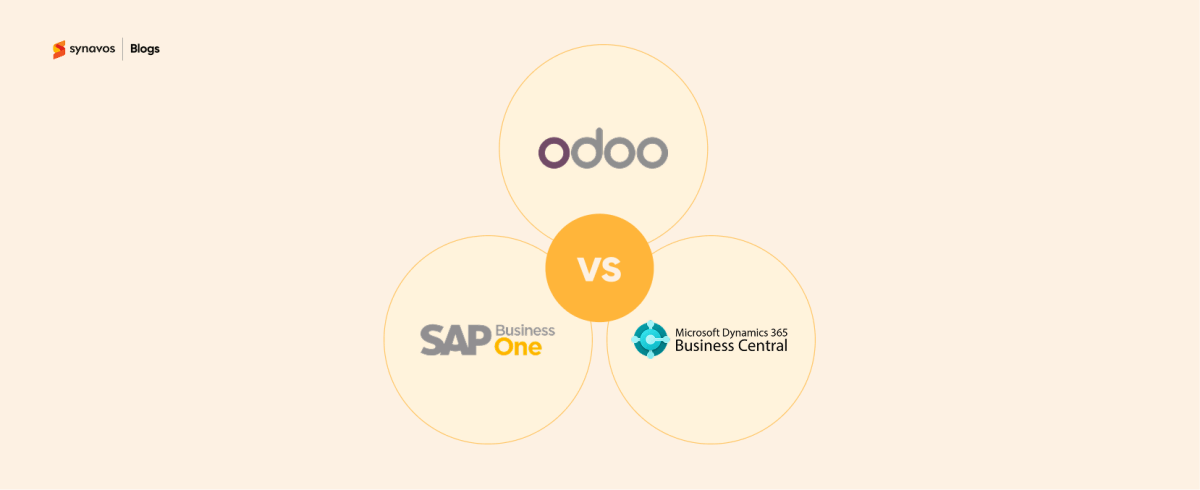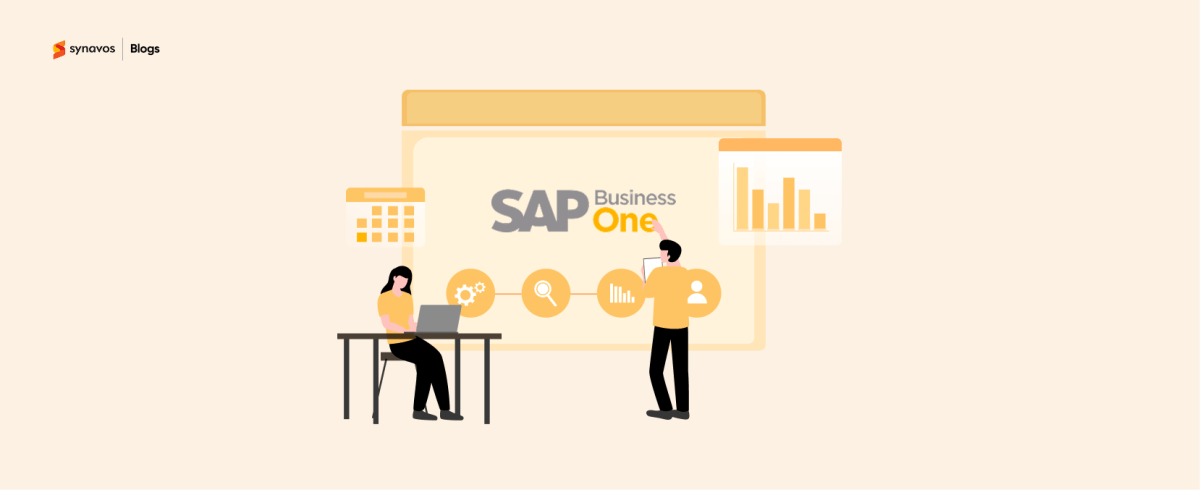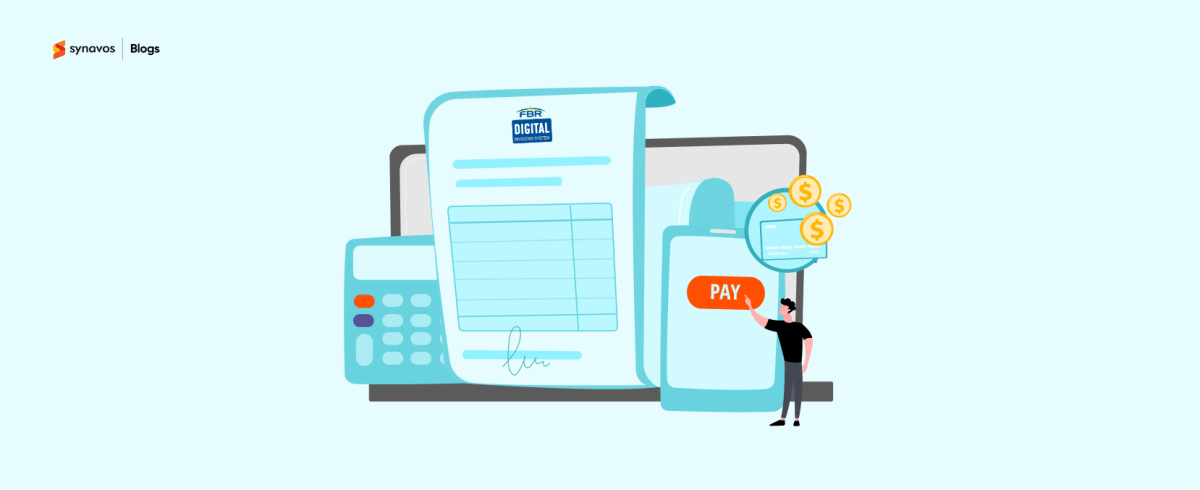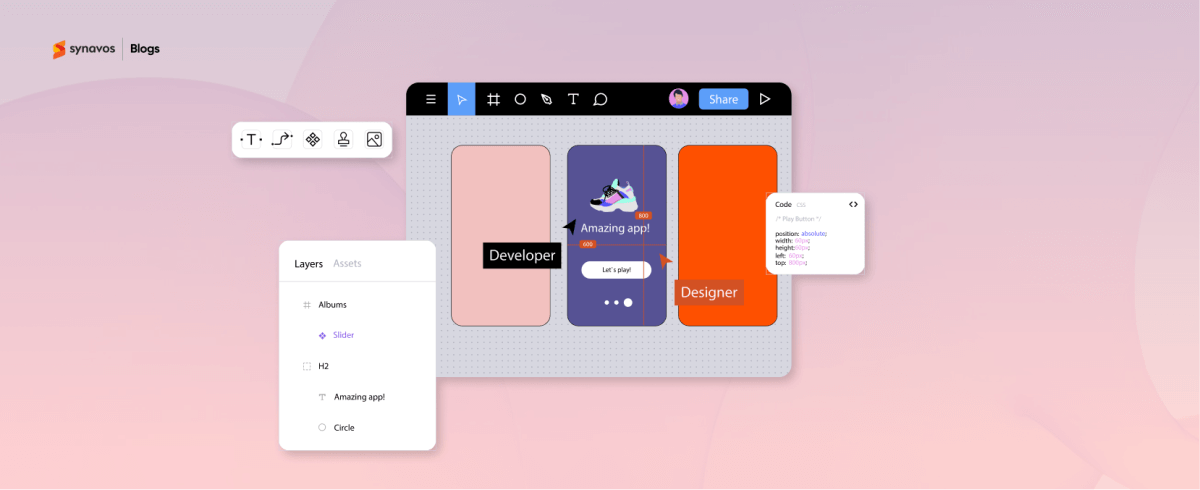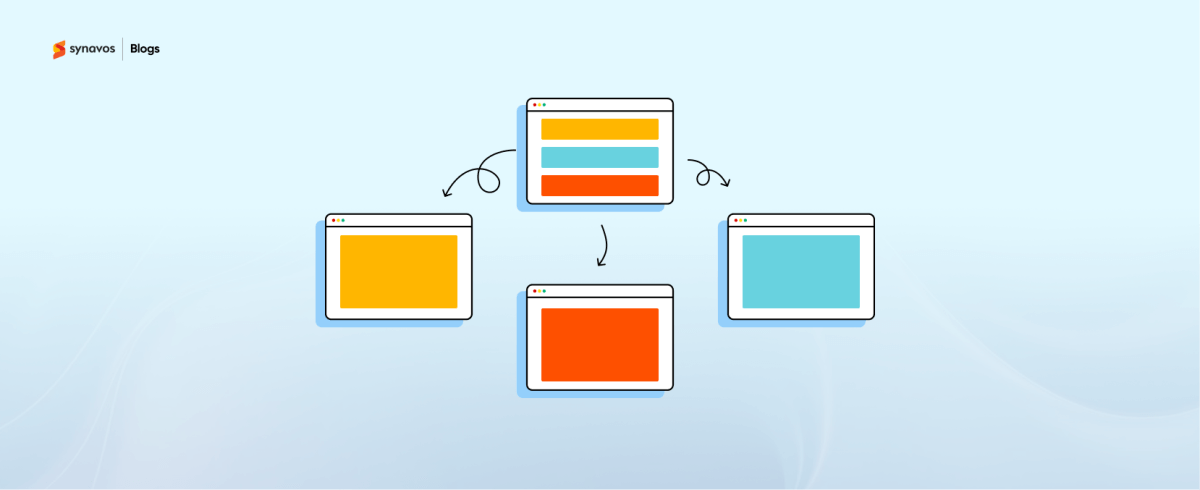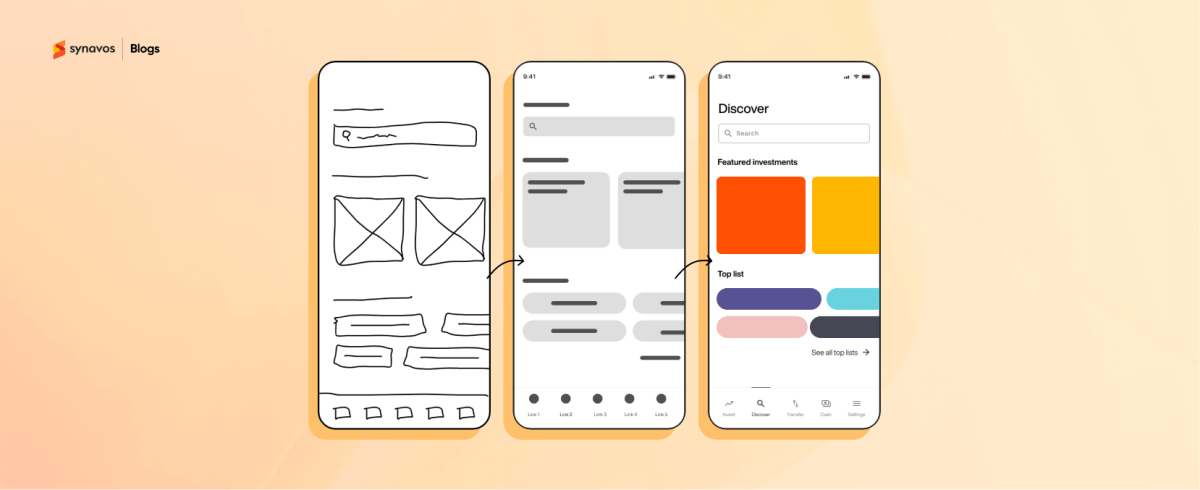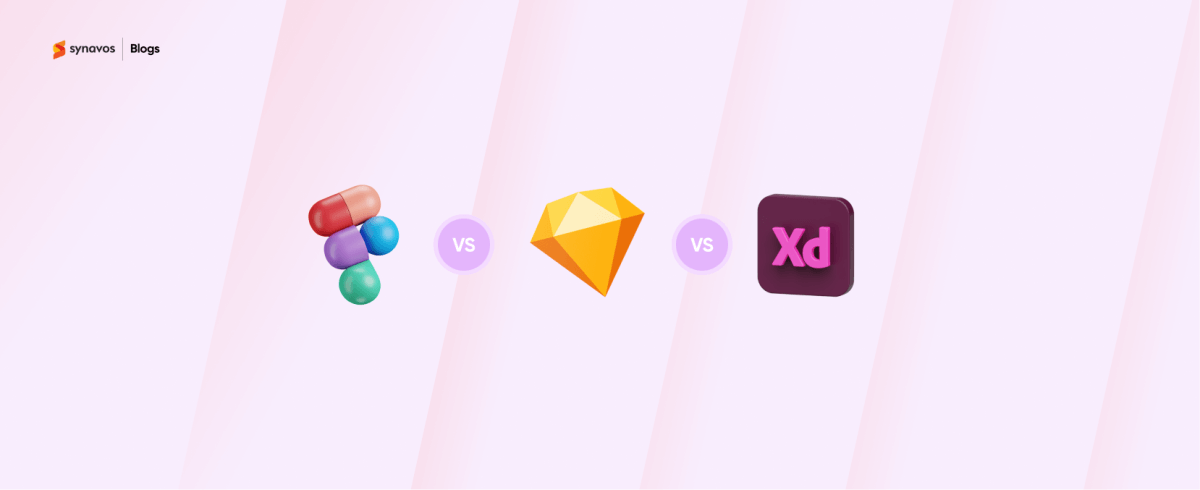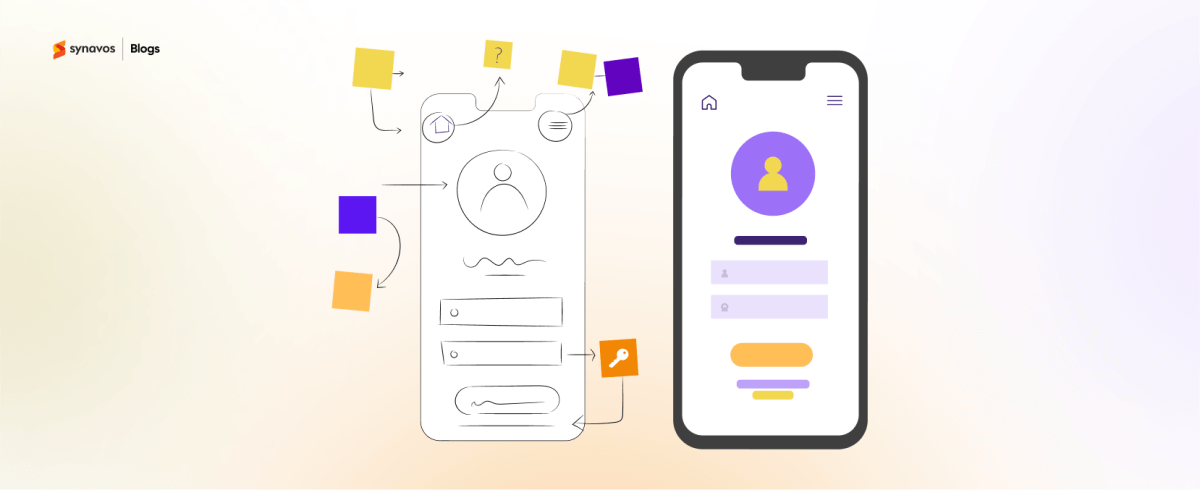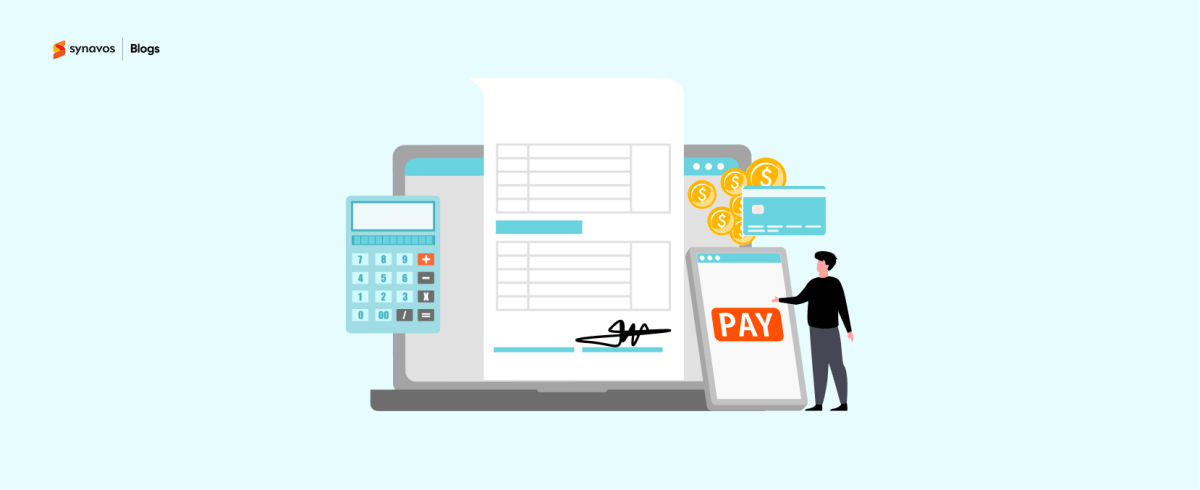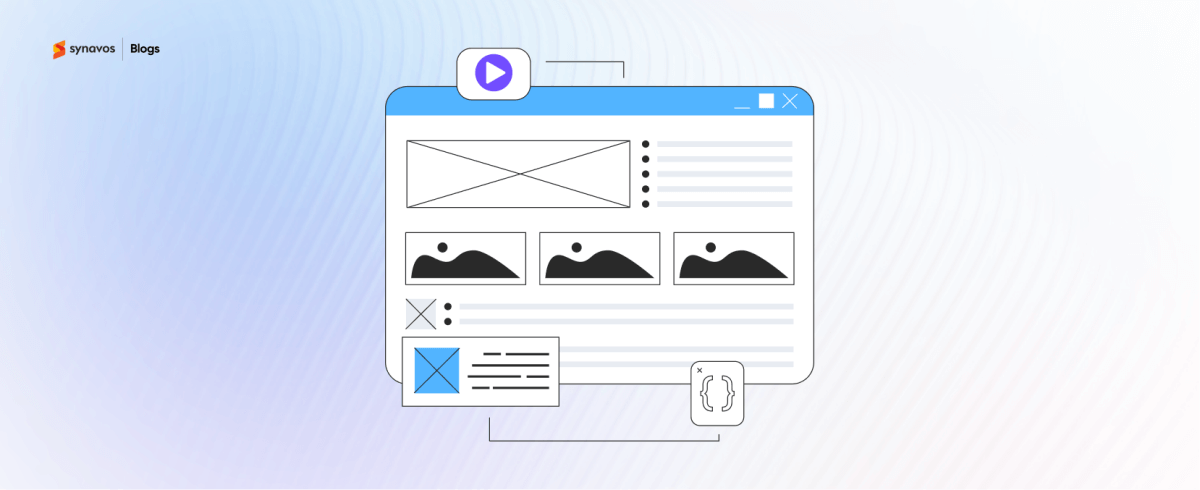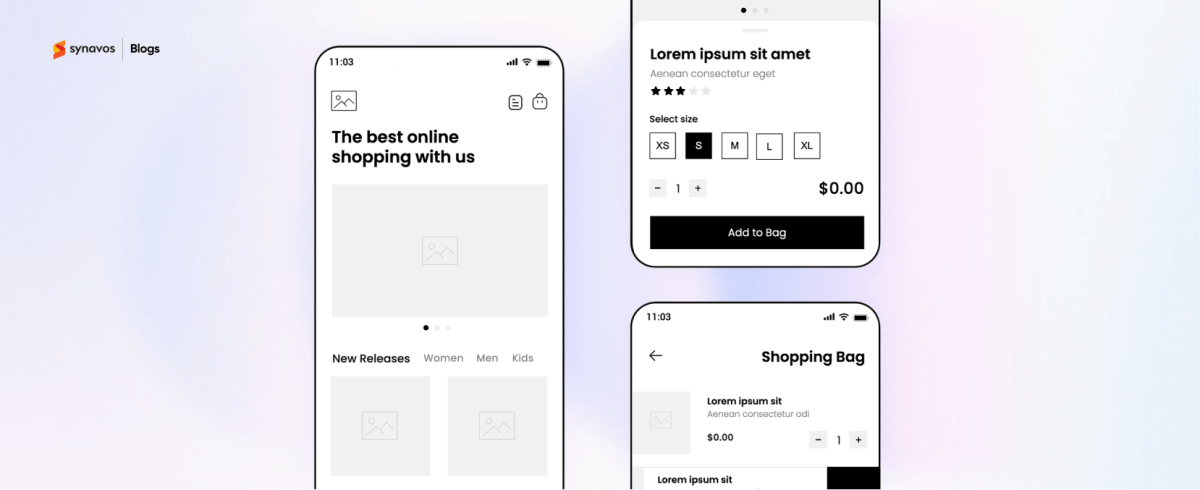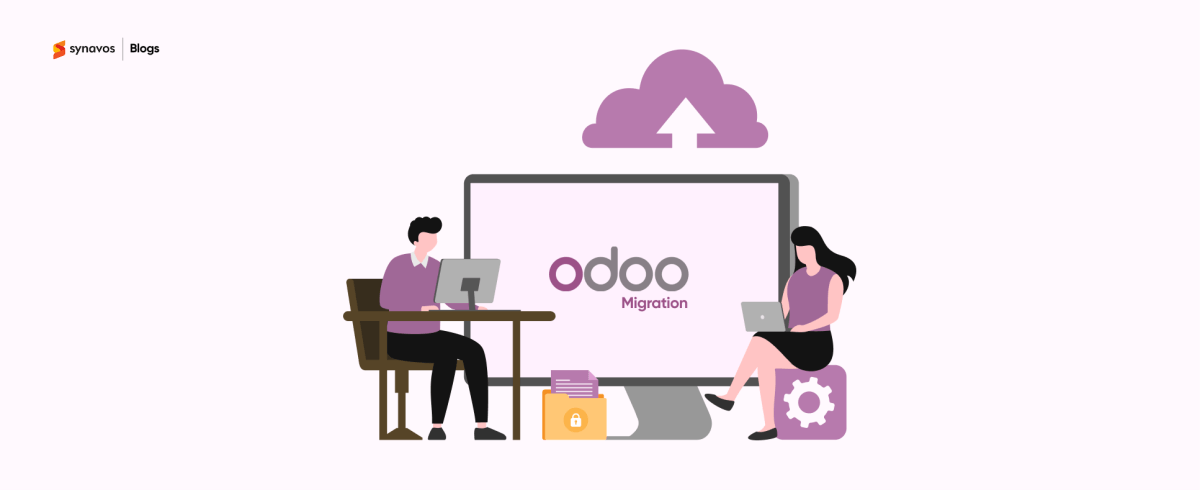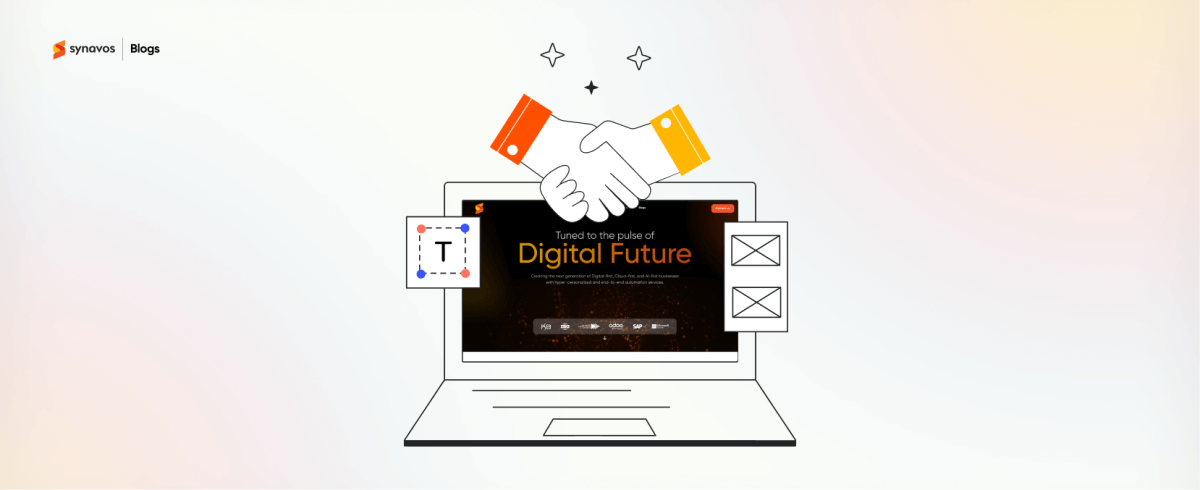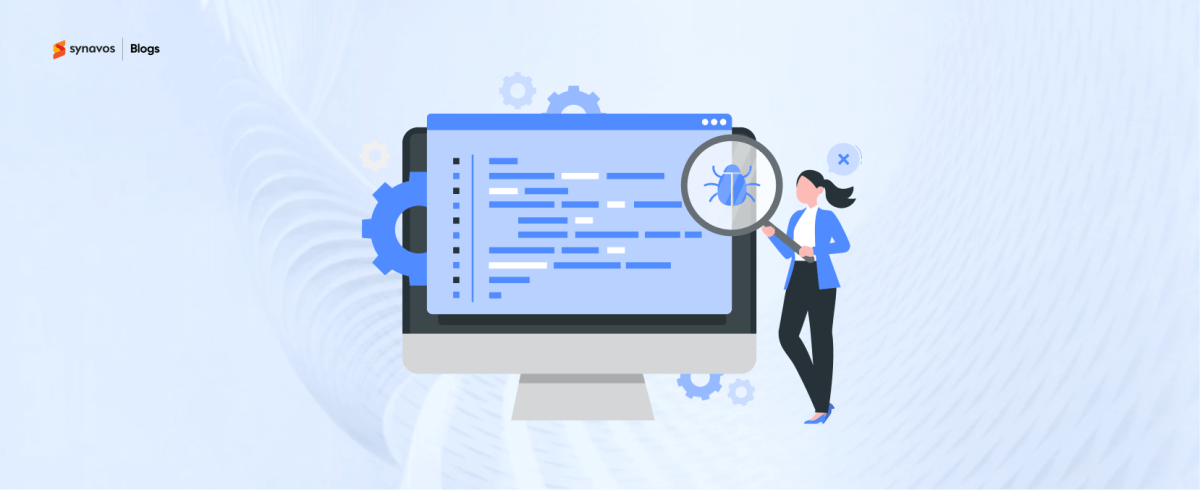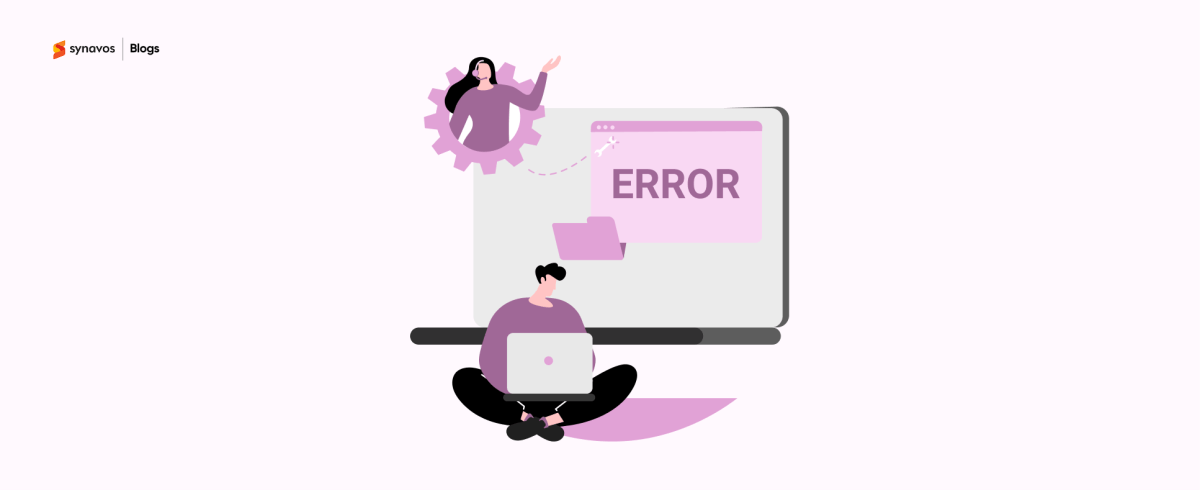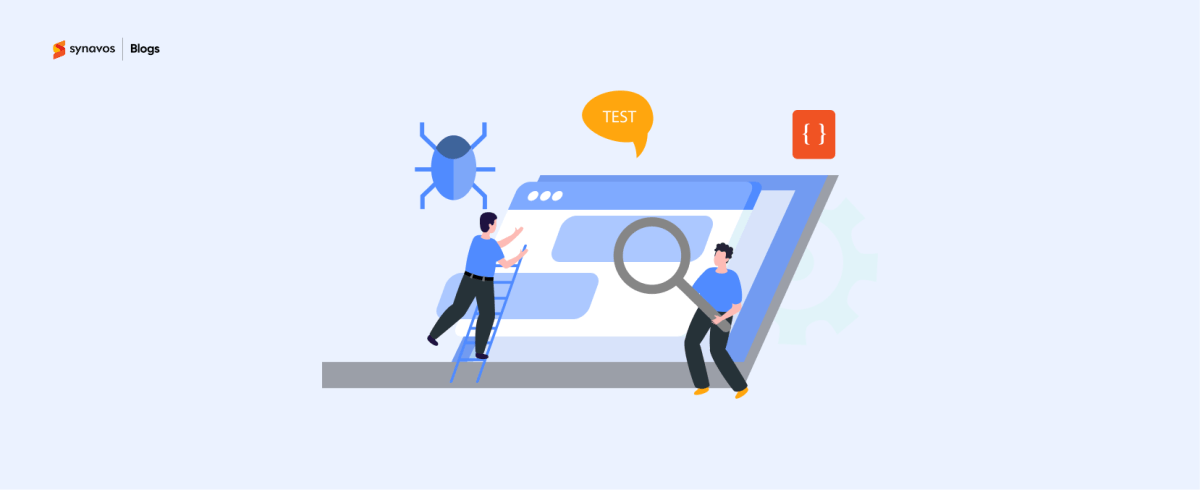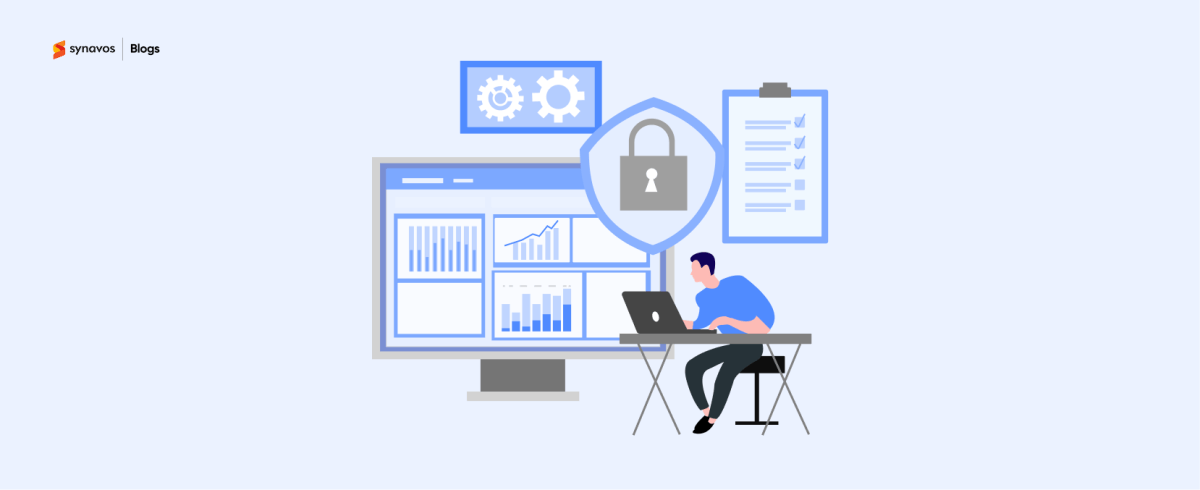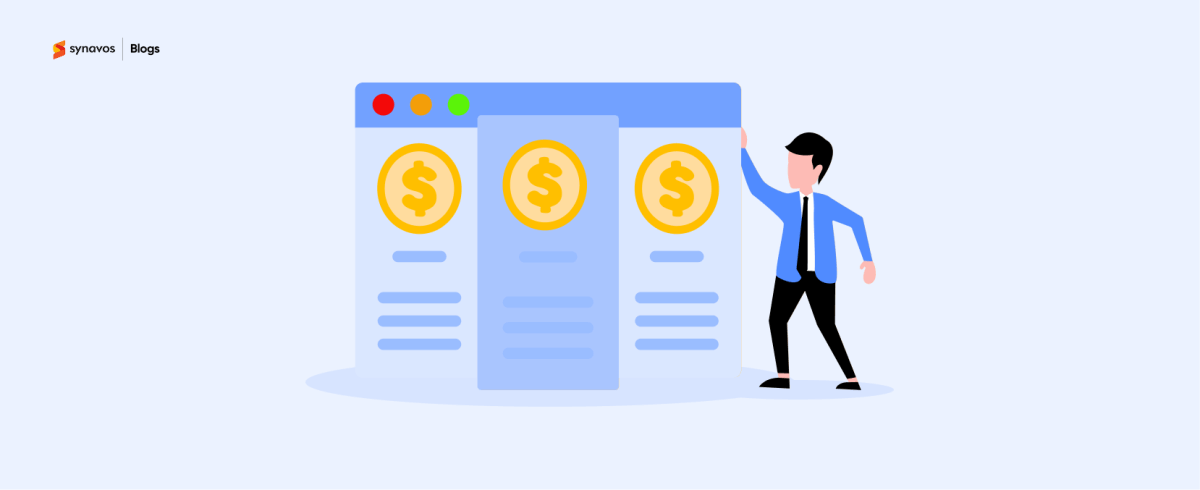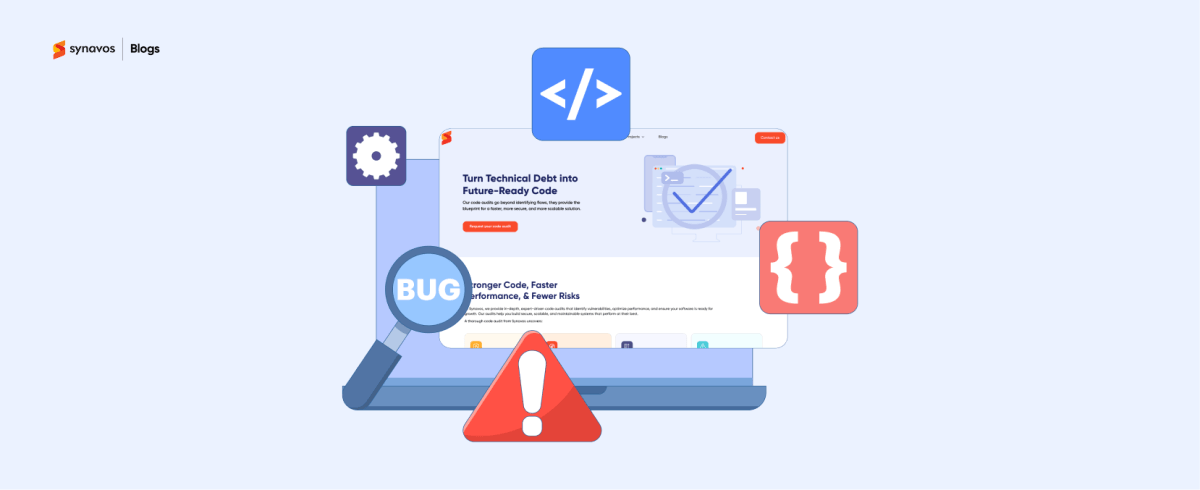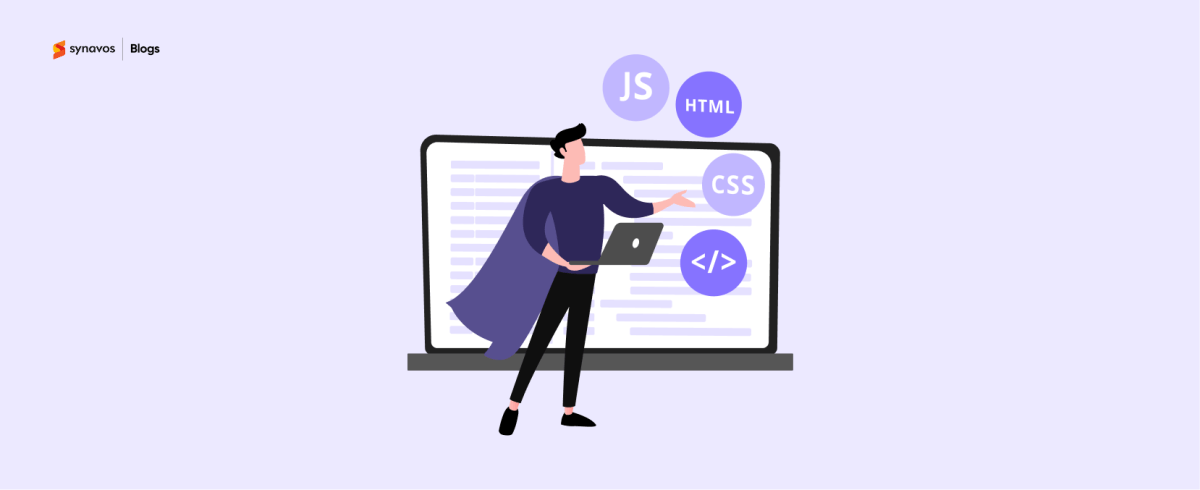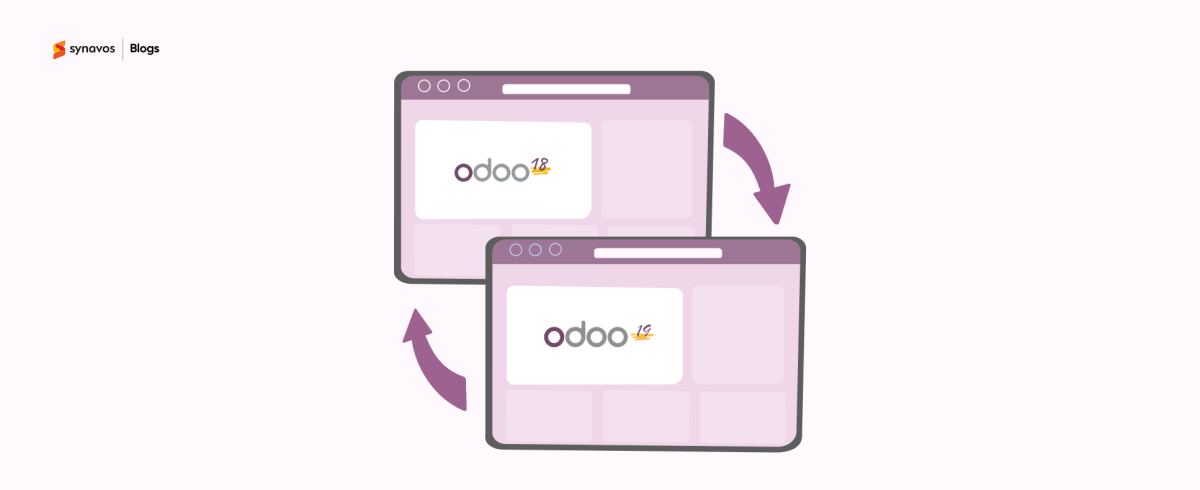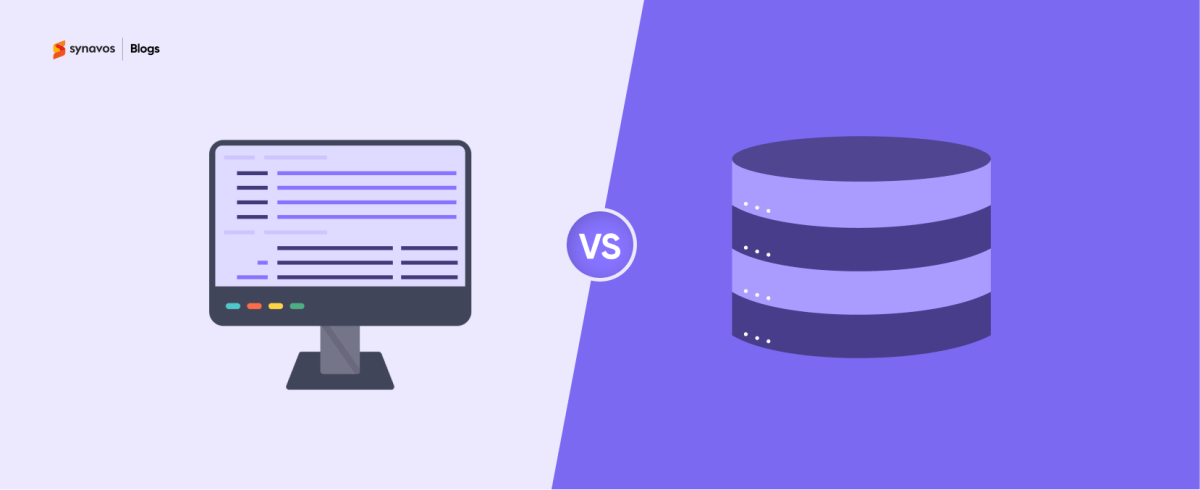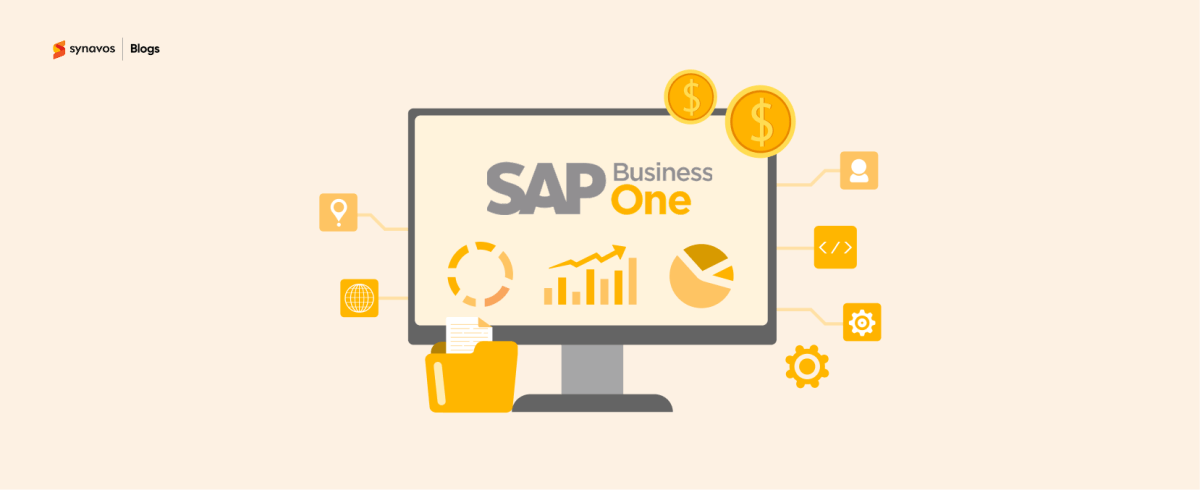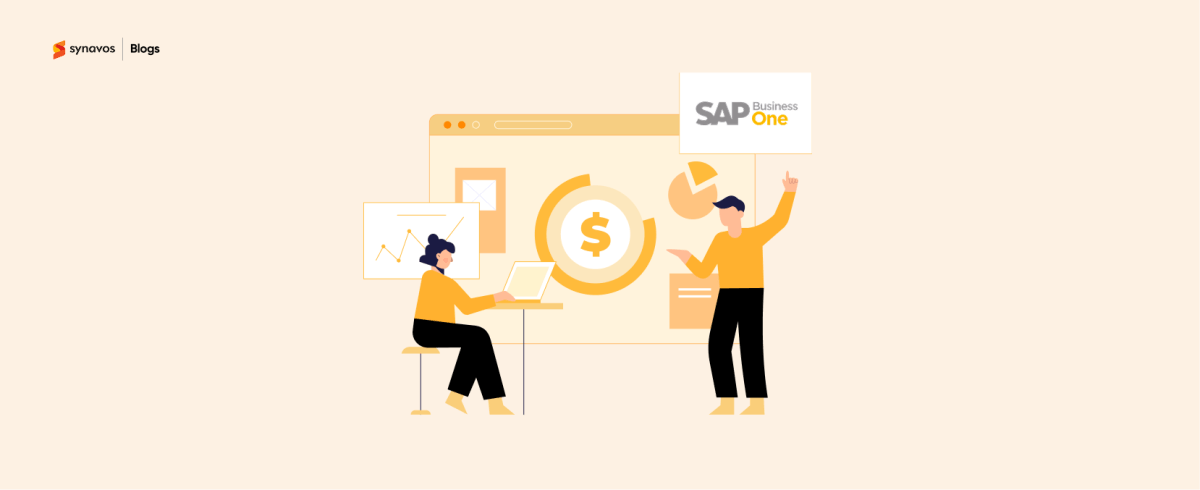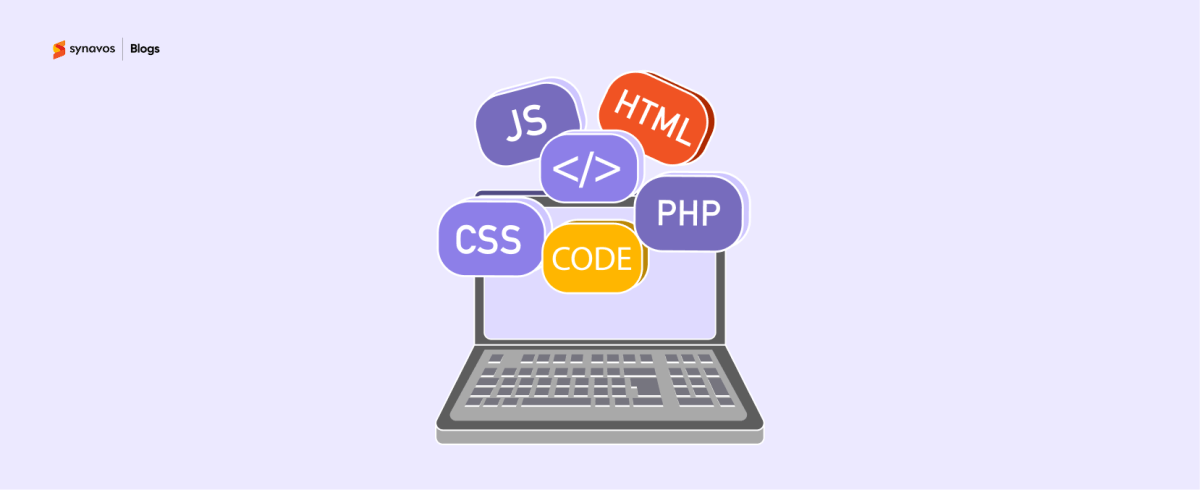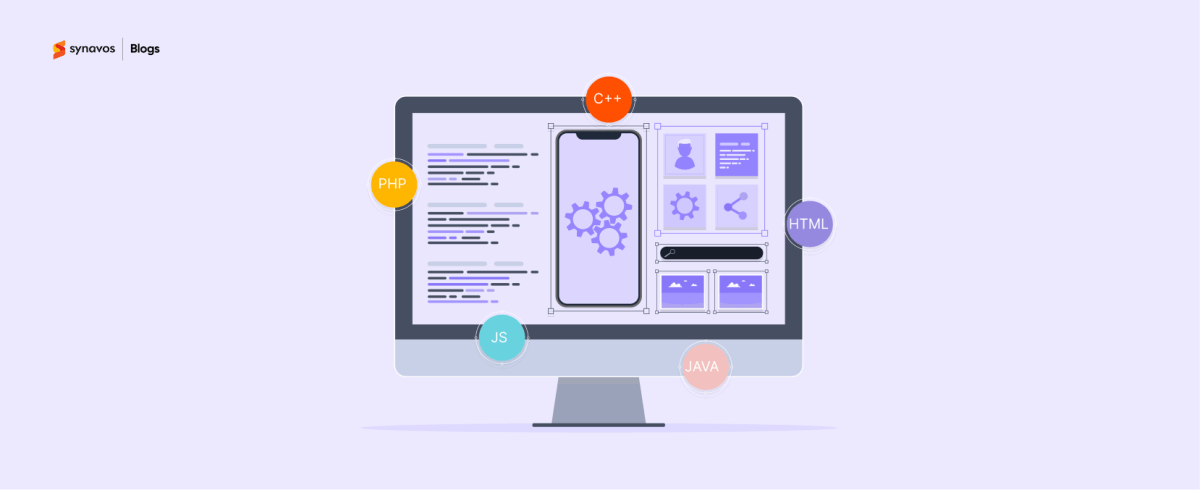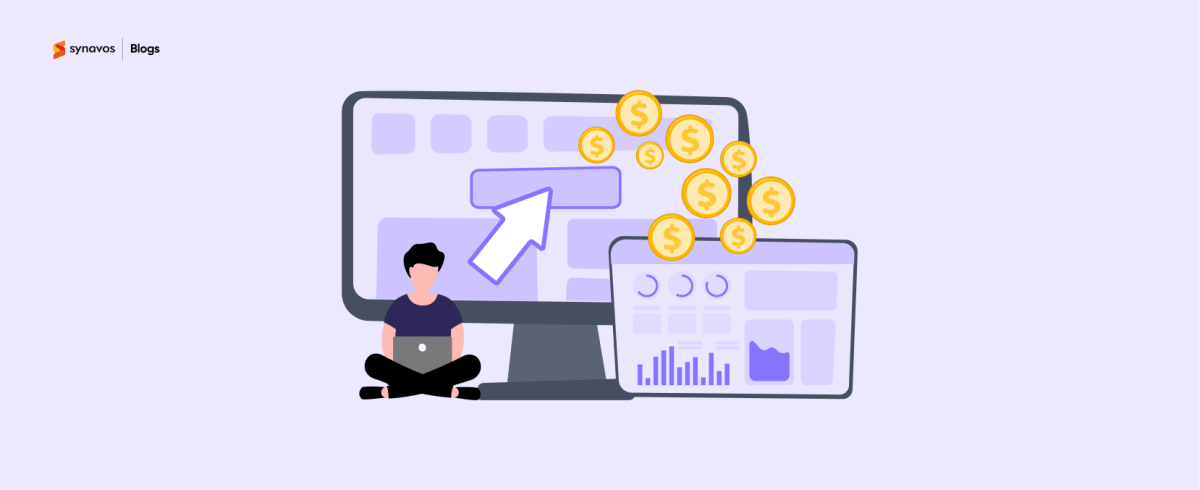Migrating your business to a newer Odoo release (or moving from another ERP to Odoo) is a high-impact IT initiative. How long Odoo migration takes depends on your starting point, including customizations, number of integrations, data volume, and whether you’re on Odoo Online, Odoo.sh, or self-hosted infrastructure. Odoo provides official upgrade paths and tools for Enterprise users; community and highly customized setups often require extra effort.
Below is a practical and phase-by-phase breakdown of the Odoo migration timeline to help you plan budgets, meet stakeholder expectations, and ensure a smooth, low-risk go-live.
Phase 1: Discovery and Scoping (1–2 weeks)
The Odoo migration process always begins with a discovery phase. In this stage, the implementation team works with your business stakeholders to:
- Review your current Odoo version and modules in use.
- Document all custom modules and third-party integrations.
- Identify legal and compliance reporting requirements.
- Decide whether to migrate full historical data or only active records.
The deliverables of this phase include a scope document, risk register, and initial project plan. A detailed discovery ensures you know exactly what to expect, which is vital for avoiding costly mistakes later.
Why it Matters: ERP migrations fail or stall when the scope isn’t defined. Clear discovery ensures everyone understands the goals, requirements, and constraints.
Phase 2: Planning and Environment Setup (1–2 weeks)
Once the scope is locked, the technical foundation is prepared. During this phase:
- Development, testing, and staging environments are created.
- The hosting model is finalized whether Odoo Online, Odoo.sh, or on-premise.
- Project governance is established, assigning roles like project owner, functional leads, developers, and QA testers.
Why it matters: A proper environment setup allows teams to work in parallel, accelerating the migration. Decisions made here, such as hosting choice, affect which upgrade tools and processes can be used.
Phase 3: Data Mapping and Cleansing (1–4 weeks)
Data is often the most underestimated part of the Odoo migration timeline. Businesses usually discover duplicates, missing records, or inconsistent naming conventions once migration begins. In this phase:
- Master data (customers, suppliers, products, and the chart of accounts) is mapped to the target version.
- Transactional data (invoices, orders, stock moves) is reviewed.
- Duplicates and inconsistencies are cleaned.
- A decision is made on whether to migrate the complete history or only recent data.
Why it matters: Migrating “dirty” data leads to reporting errors, operational headaches, and user frustration. Cleaning data before migration reduces risks and ensures accurate business insights.
Phase 4: Code Migration and Custom Module Adaptation (2–8+ weeks)
For businesses using custom Odoo modules or community add-ons, this is typically the longest phase. Odoo frequently updates its APIs and frameworks between versions, which means:
- Custom modules must be audited and updated.
- Deprecated features need to be refactored.
- Community modules may need to be replaced if not supported.
- Integrations (e.g., payment gateways, shipping providers, third-party apps) must be retested and updated.
Why it matters: Many businesses underestimate how much effort is required to make customizations compatible with the new Odoo version. Depending on the level of customization, this phase may take weeks or even months.
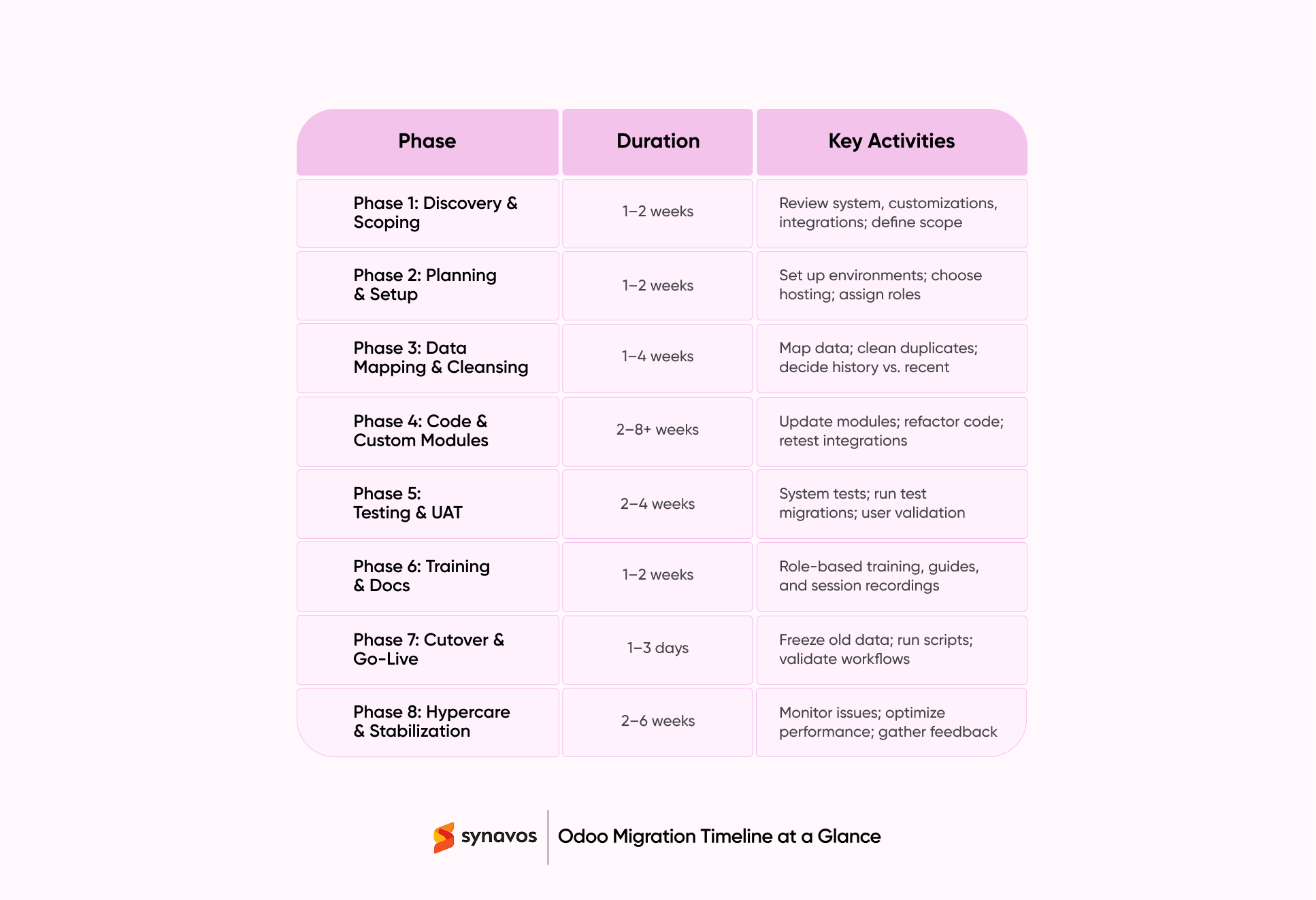
Phase 5: Testing and User Acceptance (2–4 weeks)
Testing ensures that your new Odoo system is stable and reliable. It happens at three levels:
- Developer testing of technical functionality and custom logic.
- System testing for complete workflows (sales → delivery → invoicing → accounting).
- User Acceptance Testing (UAT) by business users to validate real-world scenarios.
Why it matters: Testing protects your business from downtime, data mismatches, and broken workflows post-migration.
Phase 6: Training and Documentation (1–2 weeks)
Even the best migration fails if employees don’t know how to use the system. Training ensures smooth adoption by:
- Conducting role-based training sessions for end users.
- Preparing quick reference guides and updated SOPs.
- Recording training sessions for future hires.
Why it matters: Training reduces the productivity dip that often happens right after go-live. It also minimizes support calls during the hypercare phase.
Phase 7: Final Cutover and Go-Live (1–3 days)
This is the big day. After weeks of preparation, the final migration is performed. The steps include:
- Freeze the old system’s data.
- Running the final migration scripts.
- Switching hosting or DNS as needed.
- Running post-migration checks to validate workflows and reports.
Why it matters: The cutover is where many projects stumble. Careful planning ensures the transition is smooth and business disruption is minimal.
Phase 8: Hypercare and Stabilization (2–6 weeks)
After go-live, the focus shifts to stabilization. During hypercare:
- Issues and bugs are monitored and resolved quickly.
- System performance is optimized.
- User feedback is collected for future improvements.
Why it matters: This phase builds user confidence, ensures business continuity, and stabilizes operations in the new version.
Common Blockers That Delay Odoo Migration
Some challenges often extend the Odoo migration timeline, such as:
- Poor-quality source data needing extra cleanup.
- Extensive customizations require significant refactoring.
- Third-party integrations are not updated for the new Odoo version.
- Business SMEs are unavailable for User Acceptance Testing.
Documenting these risks early in the discovery phase helps set realistic expectations and timelines.
Final Thoughts
The Odoo migration timeline depends on your starting point, level of customization, and data complexity. With proper discovery, planning, and testing, most businesses can complete their migration in 2–4 months. Rushing through or skipping phases often causes delays, downtime, and higher costs. To minimize risk and ensure success, collaborate with certified Odoo implementation partner who specialize in the Odoo migration process.
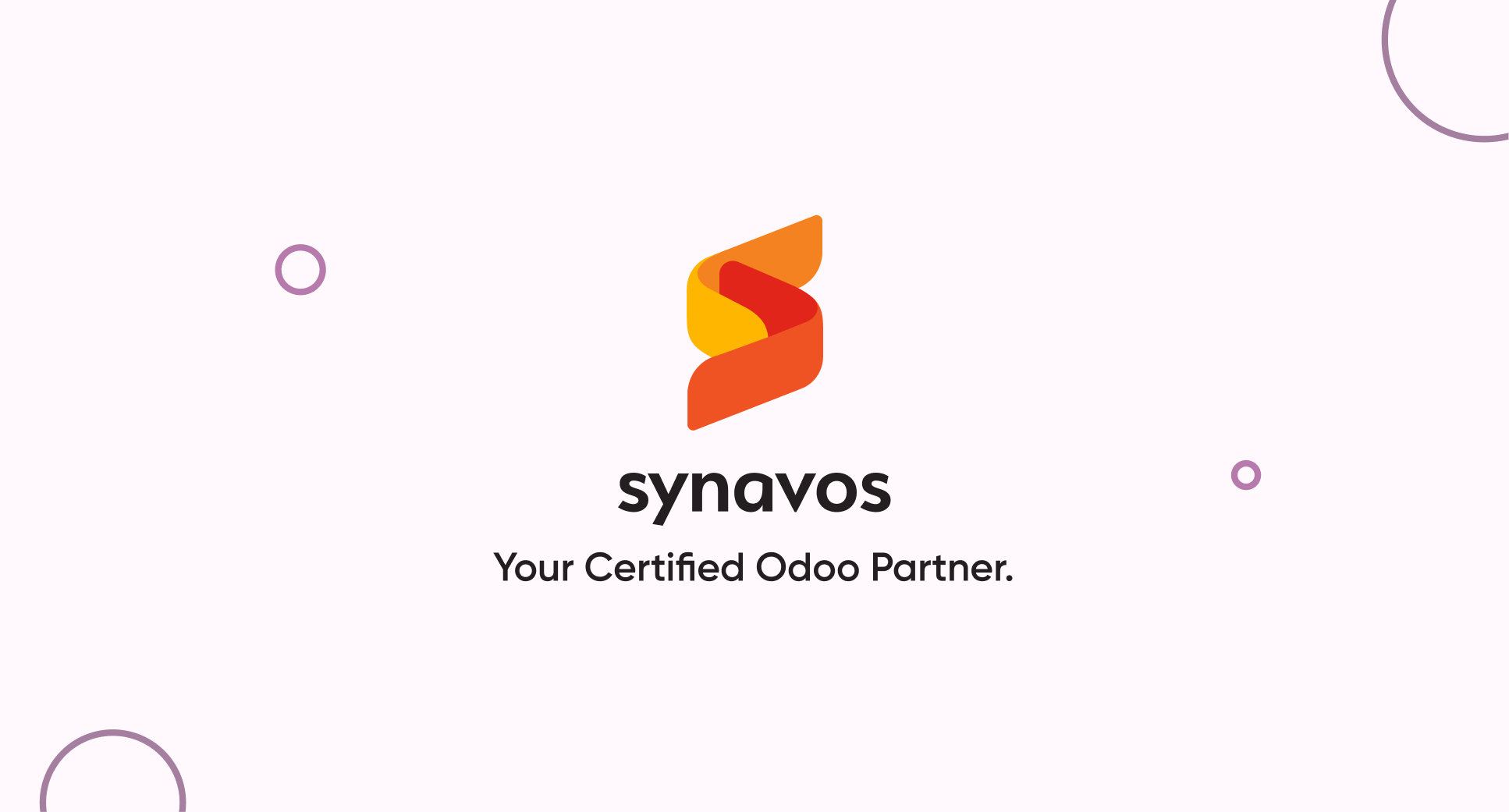
How Synavos Can Help
At Synavos, we bring a proven track record of delivering successful Odoo migrations and implementations for businesses of all sizes. Our certified experts have hands-on experience with:
- Complex custom module adaptations and API integrations.
- End-to-end ERP migration projects (Community → Enterprise, legacy ERPs → Odoo).
- Multi-industry deployments, from retail and distribution to manufacturing and services.
- Delivering secure, scalable solutions across the UAE and Pakistan with regional compliance in mind.
By combining technical excellence with a business-first approach, Synavos ensures your Odoo migration timeline stays realistic, cost-effective, and disruption-free.
Ready to migrate? Let’s talk about your Odoo migration today.
